[ad_1]
Reseeding annuals are a gift for gardeners. They sow themselves readily with little effort in your half, allowing you to sit down down once more and enjoy wildflowers the place they sprout. Native species and heirlooms are the easiest annuals to sow, as they adapt properly to gardens and native climates. They develop seedlings that resemble the dad and mother with associated traits, hues, and sizes.
Hybrid annuals reseed, too, although the seedlings couldn’t resemble the dad and mother. Hybrids aren’t genetically safe, which means each seed has a singular genetic code. This presents itself with fully completely different flower colors, shapes, and plant sizes throughout the seedlings. You would possibly let hybrid annuals go to seed, merely know they gained’t sprout with the traits you’d anticipate.
Regardless of which annuals you develop, letting them go to seed throughout the fall is a pleasurable experiment. You not at all know what kind of vegetation will sprout, and in addition you’ll have seedlings to look ahead to in early spring. Whether or not or not you need rising greens, herbs, or flowers, there are self-sowing annuals in your yard. Listed below are 15 of the easiest ones!
Sweet Pea
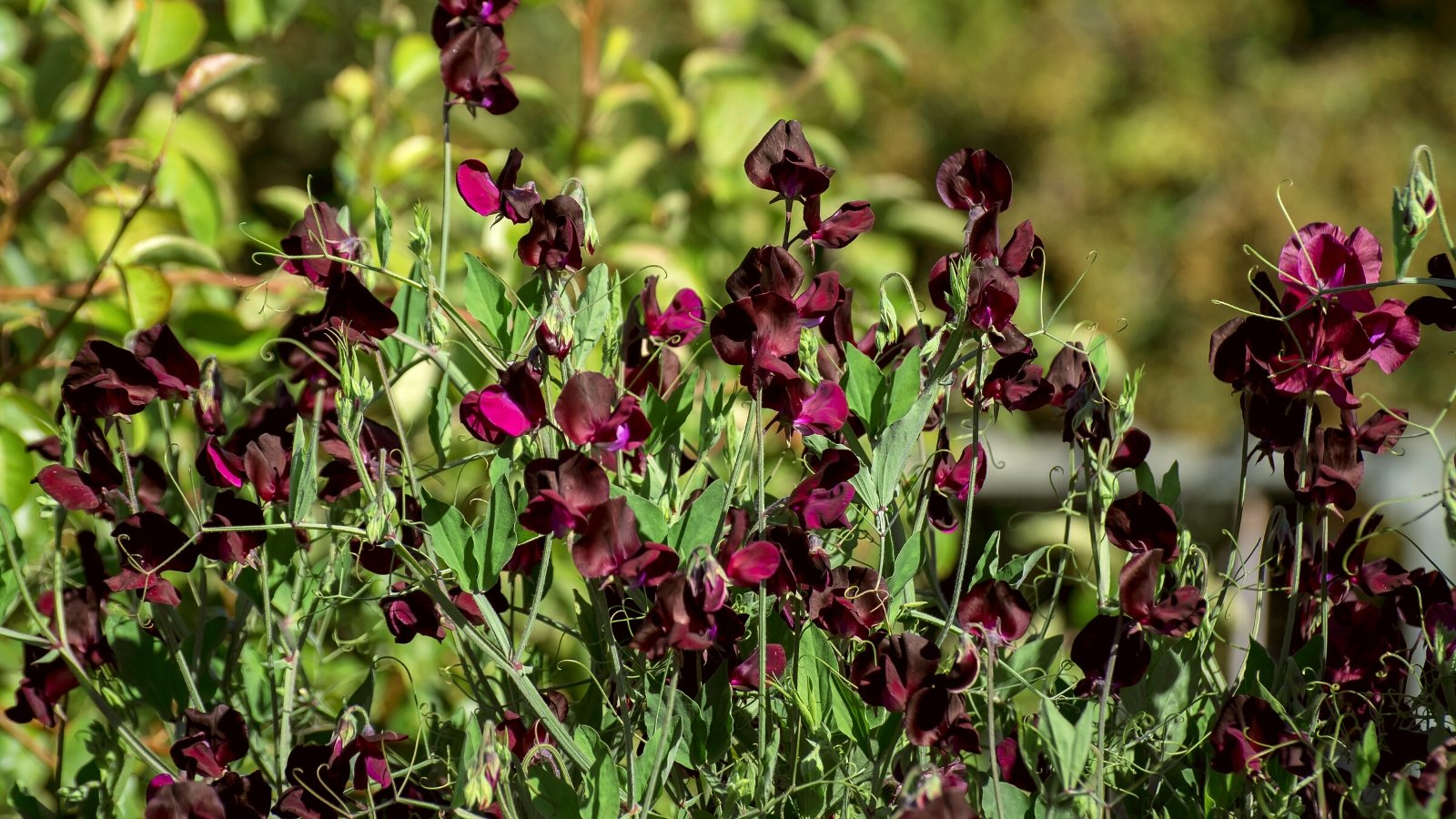

Sweet peas resemble the vegetable with delicate pea-like flowers in engaging hues. Sweet pea vines are toxic, along with their seeds, flowers, and leaves. Plant them to take pleasure in their easy-growing blossoms that bloom all by the cool seasons with little effort.
A favorite cultivar is ‘Beaujolais’ with maroon-crimson flowers and darkish hues. Develop it alongside a lighter shade choice like ‘Extreme Scent’ so the good whites can distinction with the darkish reds. ‘Beaujolais’ is an heirloom, so it’s good in case you’re trying to find a reseeding cultivar that sprouts true to seed.
You would possibly must take cuttings of sweet pea flowers all by spring and summer season for floral bouquets. Obtain this freely, as a result of it encourages further blooms to form. To ensure that you sweet peas to self-sow, permit them to develop flowers in late summer season with out slicing them off. Pollinators will fertilize the blossoms, seeds will form, they often’ll fall to the underside to sprout this autumn or subsequent spring.
Toadflax
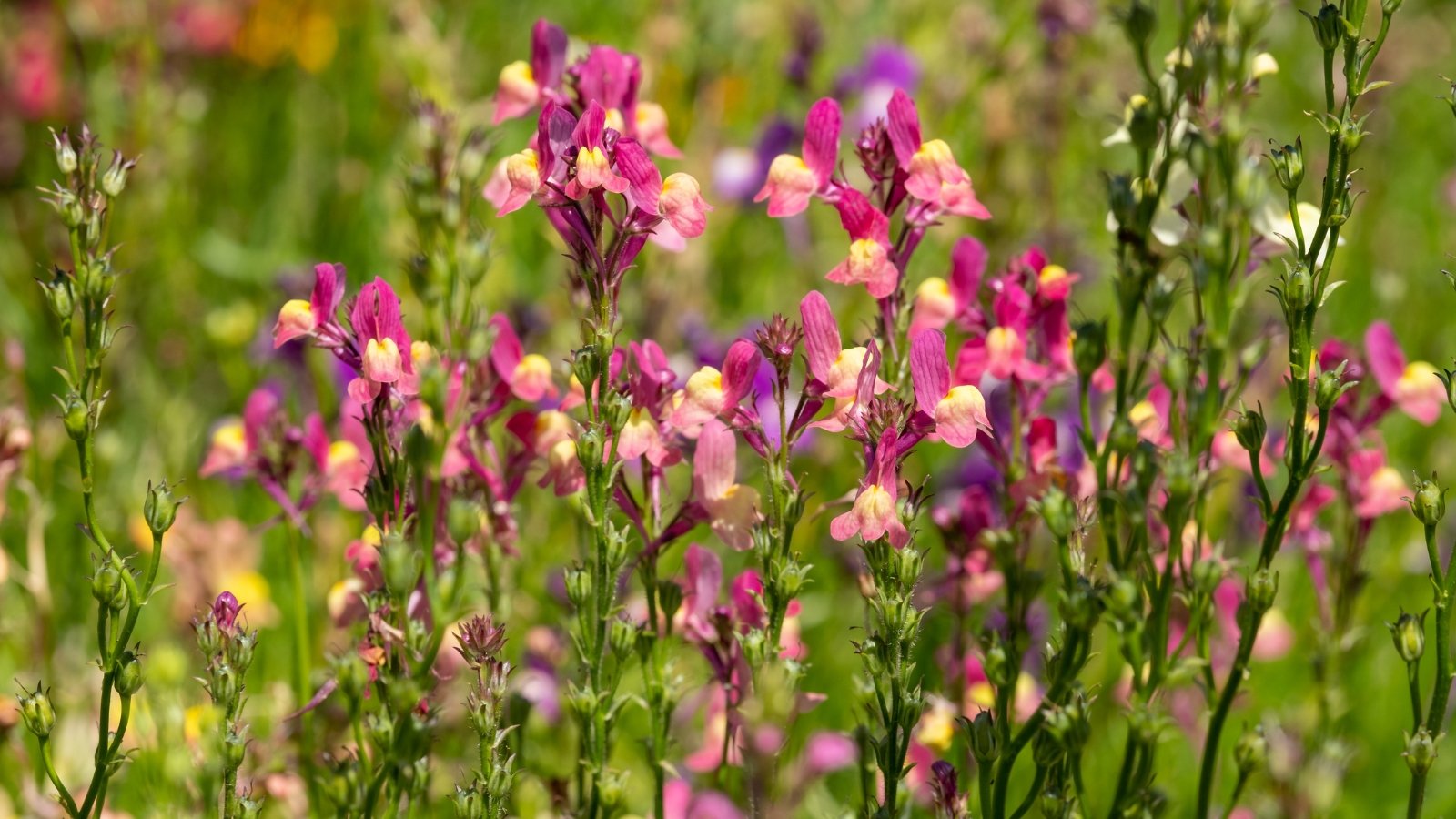

Toadflax, or linaria, is an earlier yard favorite that originates in Morocco. Dozens of cultivars could be discovered with flowers in purple, purple, orange, white, and pink. The blossoms resemble snapdragon flowers, they often often have a definite colored patch on their lower half. The excellence delights onlookers as a result of the blooms sprout elegantly atop stems with needle-like leaves.
There are dozens of cultivars with quite a few shades, so it’s biggest to resolve on a seed combine with a variety of colors like ‘Fairy Bouquet.’ Meaning, you probably can choose which hues you want by weeding the seedlings you don’t like. Over time, the seeds that sprout will solely be from the toadflax you want, they often’ll present the flower colors you’d want to see.
‘Fairy Bouquet’ is an heirloom seed mix, so the seedlings that sprout will reliably resemble their dad and mother. Go for the species form Linaria maroccana in case you need further refined flowers. They sprout with purple hues and yellow-white blotches on the lower petals. The species form is widespread on the northern East Coast the place it naturalizes in wild areas.
Poached Egg Plant
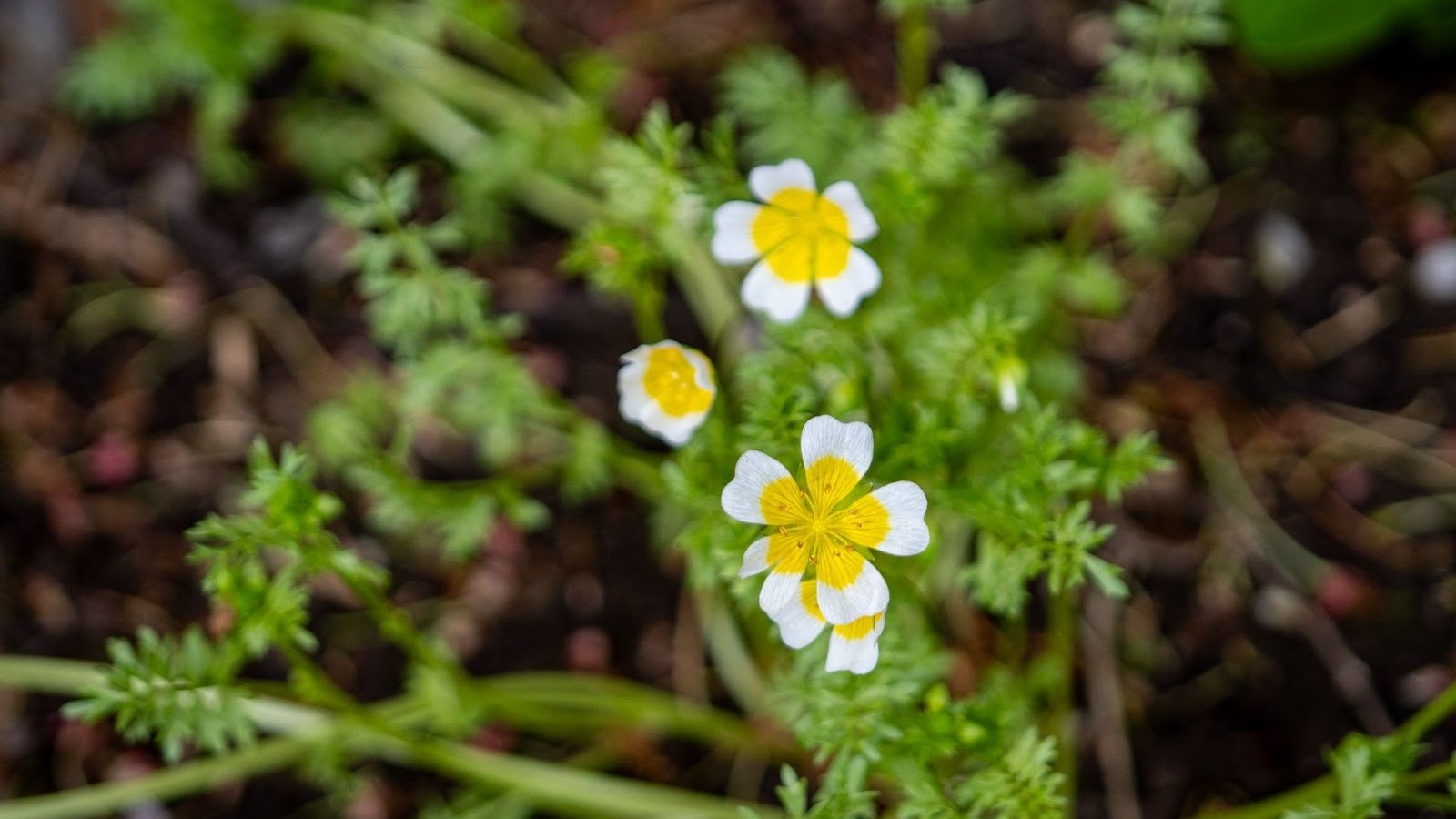

Choose native vegetation to boost your yard’s biodiversity! Native species like poached egg vegetation current helpful nectar, pollen, leaves, and habitat home for native wildlife. Bugs, mammals, and birds all revenue when native plant species are plentiful. Plant poached egg plant as quickly as this yr, and in addition you’ll have a great deal of seedlings pop up yearly.
The poached egg plant is a species of Limnanthes that thrives all by the West Coast and Pacific Northwest. It receives its title from the look of its flowers, which have yellow services and white rims like a poached egg.
This native species prefers cool temperatures and moist local weather with well-draining soil. It thrives in early spring, blooming and sowing seeds; some sprout in fall, whereas others wait until spring. Fall seedlings overwinter and bloom in early spring, whereas the other remaining seeds sprout anew to bloom by early summer season.
Branching Larkspur
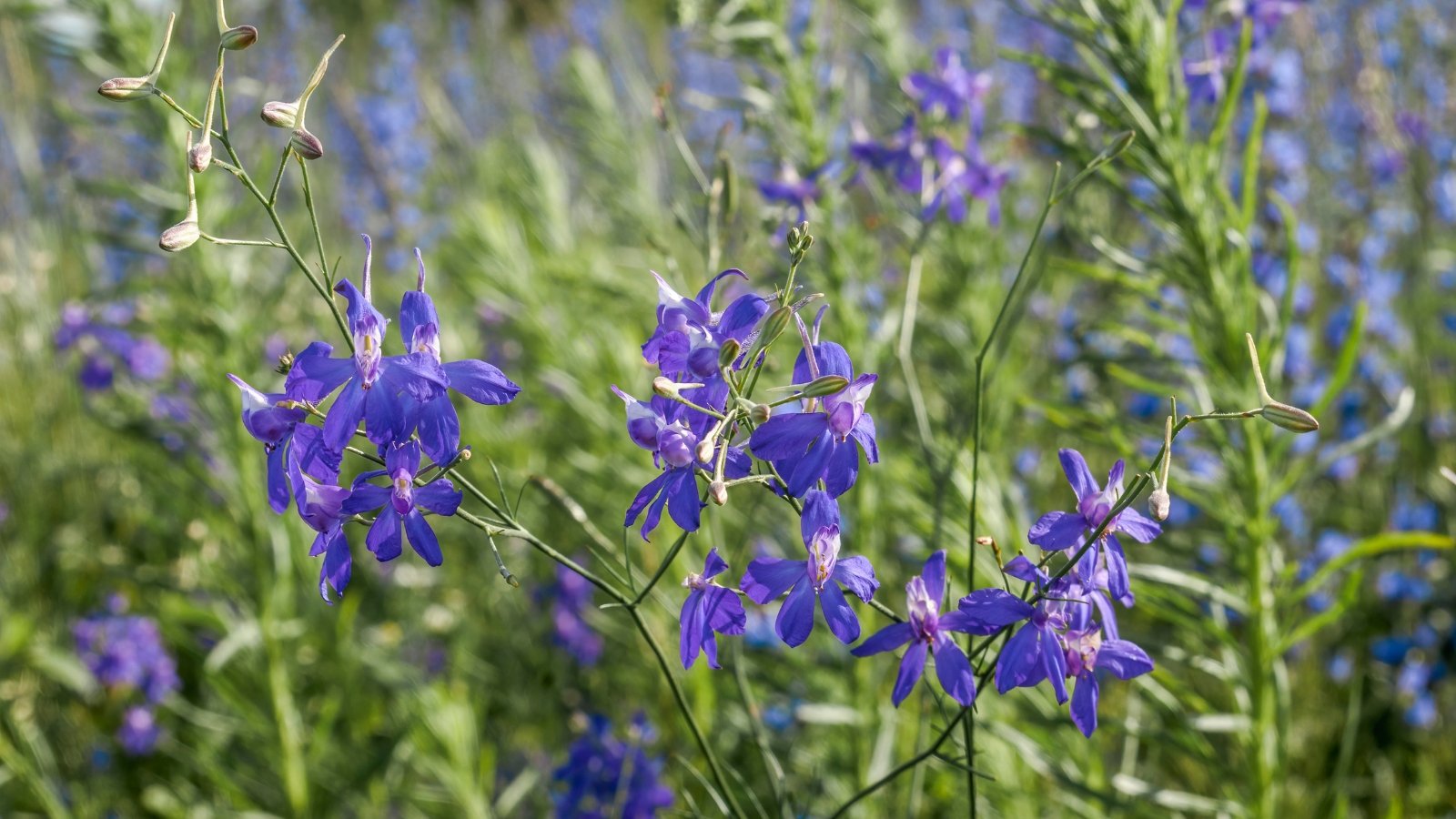

Branching larkspur is an ornamental species very similar to perennial delphiniums, and equally as toxic to eat! It sprouts tall stems with flower spikes which have dozens of blooming blossoms. The foliage resembles love in a mist, with good needle-like leaves that radiate off the stems. The branching larkspur species has deep purple-blue flowers that stand out in pollinator gardens; they enchantment to pollinating bugs with nectar and pollen.
Branching larkspur reseeds readily, and it sometimes sprouts in wild areas all by North America. Let it go to seed as autumn arrives and in addition you’ll spot dozens of seedlings subsequent spring. This annual prefers chilly local weather, and it thrives all through spring with ample moisture. Your seedlings might die out in summer season, although they’ll survive in areas the place the local weather stays delicate all by the rising season.
Go for the ‘Shades of Blue’ larkspur seed mix in case you need light blue and white flowers in its place of purple ones. These larkspurs reseed similar to the species does, although the seedlings might look a bit fully completely different than the guardian plant. Experiment this yr and plant some merely to see what happens!
Corn Poppy ‘Pandora’
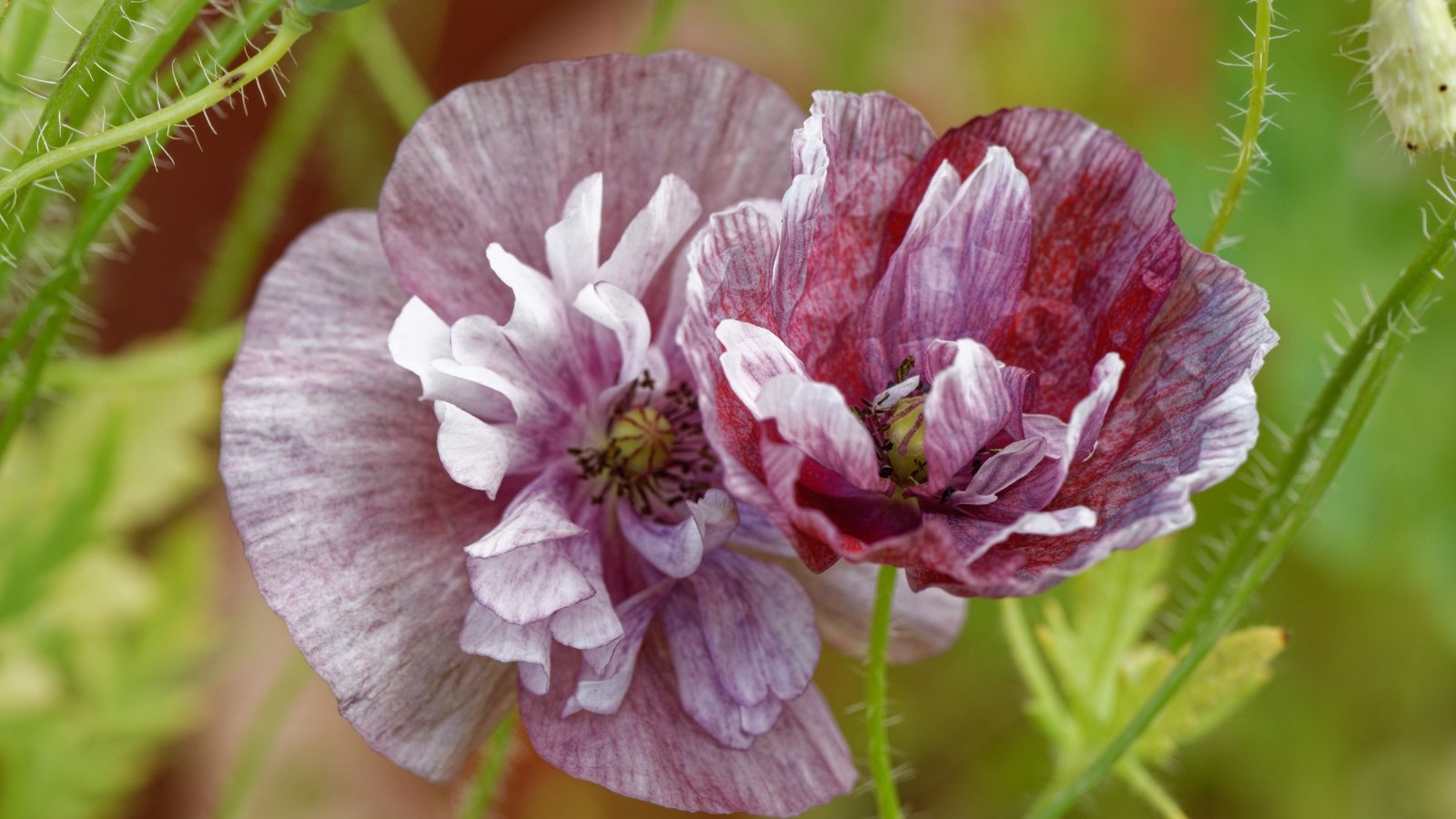

Poppies are beloved flowers which have grown in our gardens for an entire lot of years. They sprout flimsy, delicate blossoms with skinny petals that fade after only a few days. The spent flowers then morph into seed heads that exude a milky substance everytime you decrease them. The seed pods and the flowers are extraordinarily ornamental; they stand out amongst completely different annuals and perennials throughout the yard.
‘Pandora’ is a specific corn poppy with elegant hues. The flowers are creamy mixtures of burgundy, white, and pink. They first bloom with darkish colors, then later flowers erupt with lighter pastel colors. Develop ‘Pandora’ to profit from the color-shifting flowers all by the rising season.
Corn poppies self-sow themselves after they’re happy. Plant them away from wild areas so their seeds don’t invade pure environments. Enable them to reseed readily in your yard, they often’ll sprout seedlings yearly that enchantment to honeybees. The model new vegetation couldn’t resemble their dad and mother, although they’ll present distinctive colors, shapes, and sizes you probably can solely uncover by letting them develop.
Desert Bells
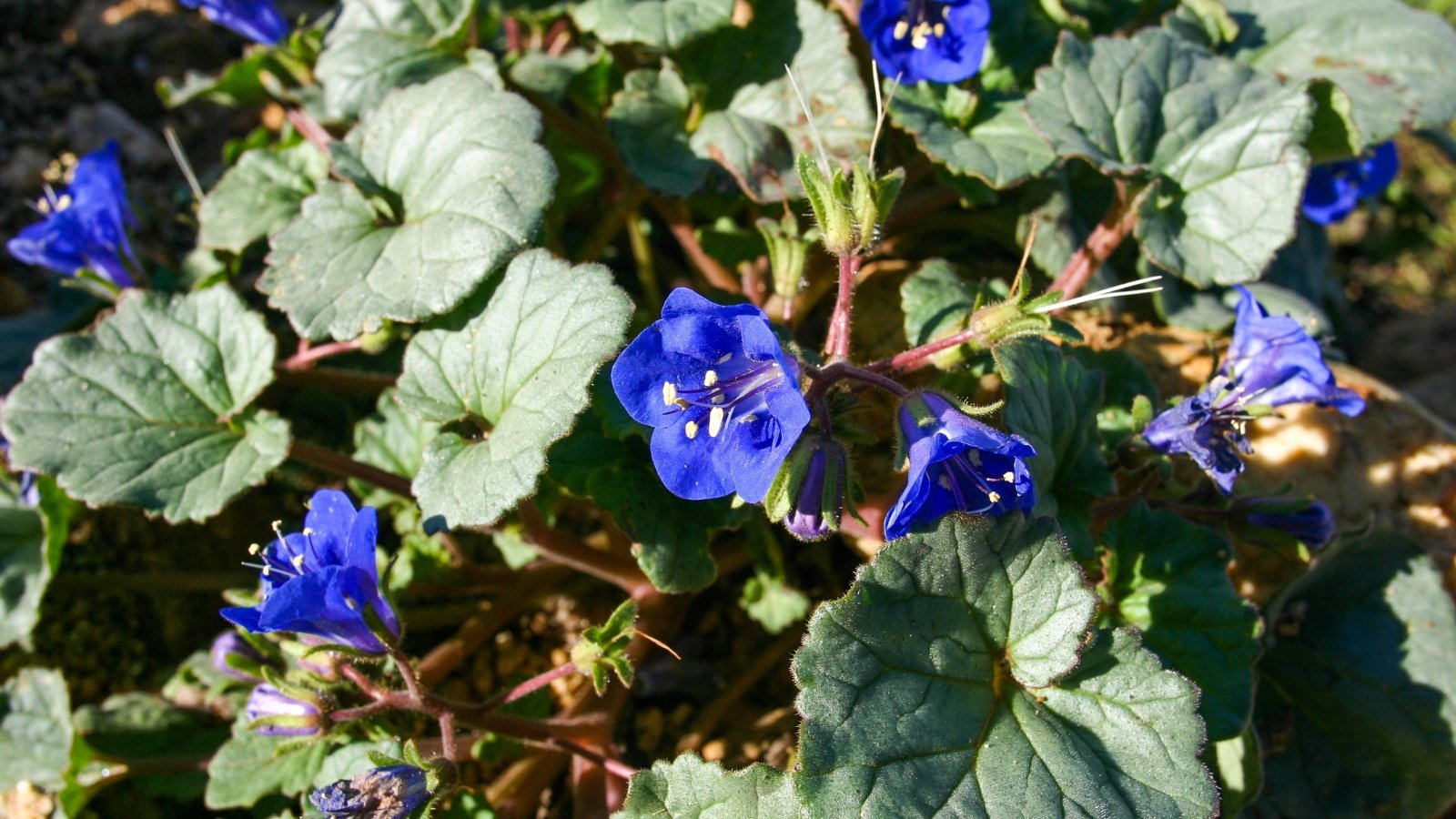

Like poached egg vegetation, desert bells are native to North America! They thrive all by warmth areas of the West Coast, they often naturalize themselves in areas with associated circumstances. These cool-season annuals sprout heart-shaped leaves and blue-violet bell flowers. On account of they’re native to North America, they feed native bees like yellow-faced, miner, and mason bees.
Desert bells look their biggest en masse—sow as many seeds as you probably can in early spring in chilly climates, and in late summer season or early fall in delicate ones. They won’t reseed in chilly zones below zone 8, although they might after delicate winters. These annuals perform their biggest from zones 5 by way of 10, the place arduous frosts are uncommon in the middle of the cool seasons.
If desert bells don’t reseed this yr, try saving their seeds so that you probably can sow them your self. The annuals form inexperienced seed pods after their flowers fade in autumn. Cut back the stems with the pods, dangle them in a brown paper bag, and permit them to dry completely. The seeds will come out of their pods and you may retailer them until you’re capable of sow them in early spring.
Cosmos ‘Diablo’
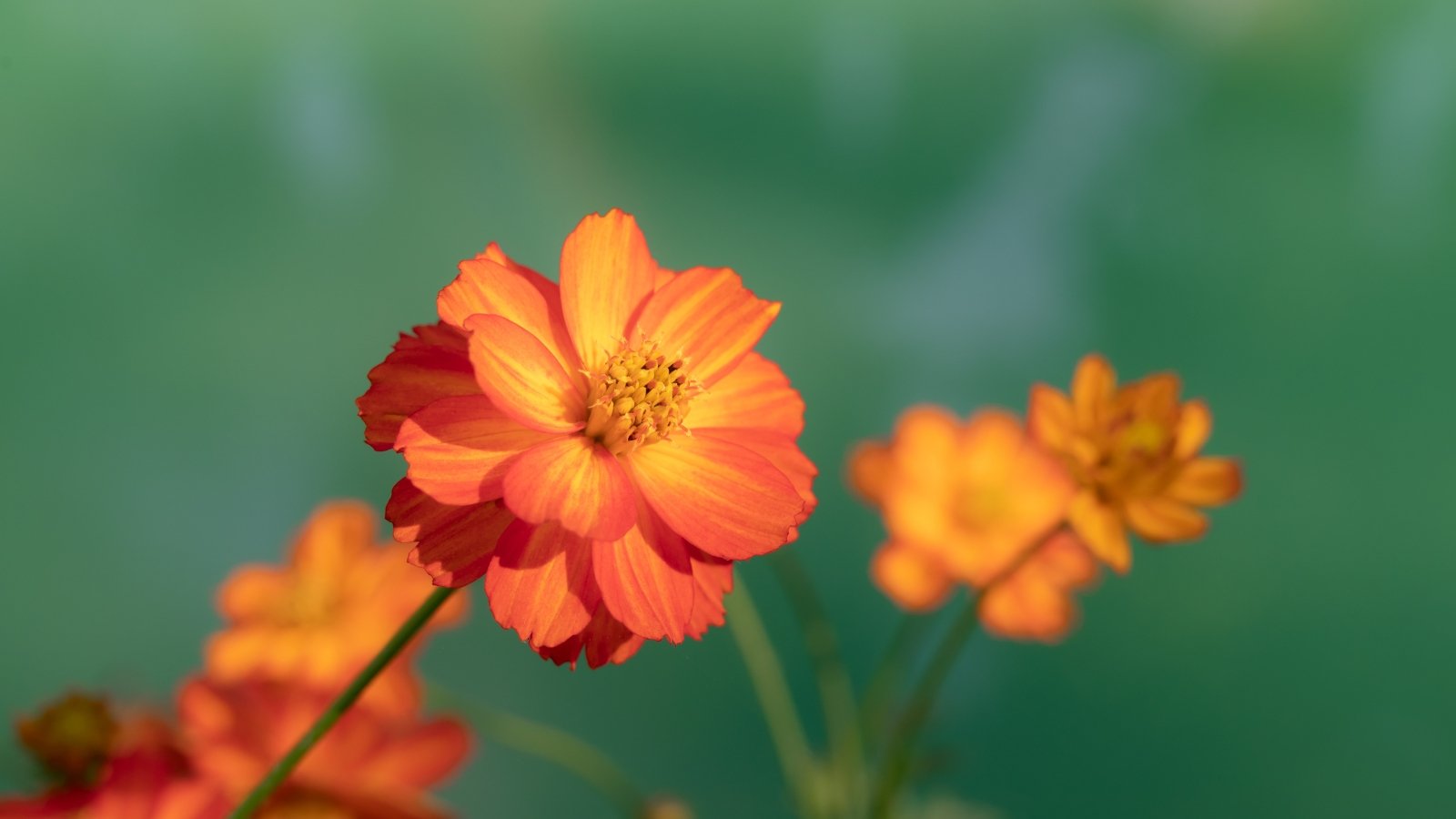

‘Diablo’ cosmos shine under the summer season photo voltaic. They sprout semi-double blossoms in hues of yellow, orange, and mixtures of the two colors. They match properly with pink, white, and purple cosmos for a fiery explosion of shade! ‘Diablo’ is an heirloom cultivar of the native cosmos species that originates in Mexico and Central America; it’s splendid for gardeners throughout the southwestern U.S. These throughout the southeast must plant with warning as these could also be invasive there.
‘Diablo’ is an heirloom variety of cosmos. Its seedlings sprout true to seed, which means they’ll resemble their dad and mother with associated sizes, constructions, and flowers. Cut back the blossoms all by spring for bouquets and floral preparations, then go away some to sprout seeds from summer season by way of fall.
The seeds might sprout in the middle of the current season, or they’ll overwinter and sprout subsequent spring. Enable them to mature in order that they enchantment to bees, butterflies, and hungry birds to your yard. The blossoms current plentiful nectar and pollen for wildlife that desires it most.
Farewell To Spring
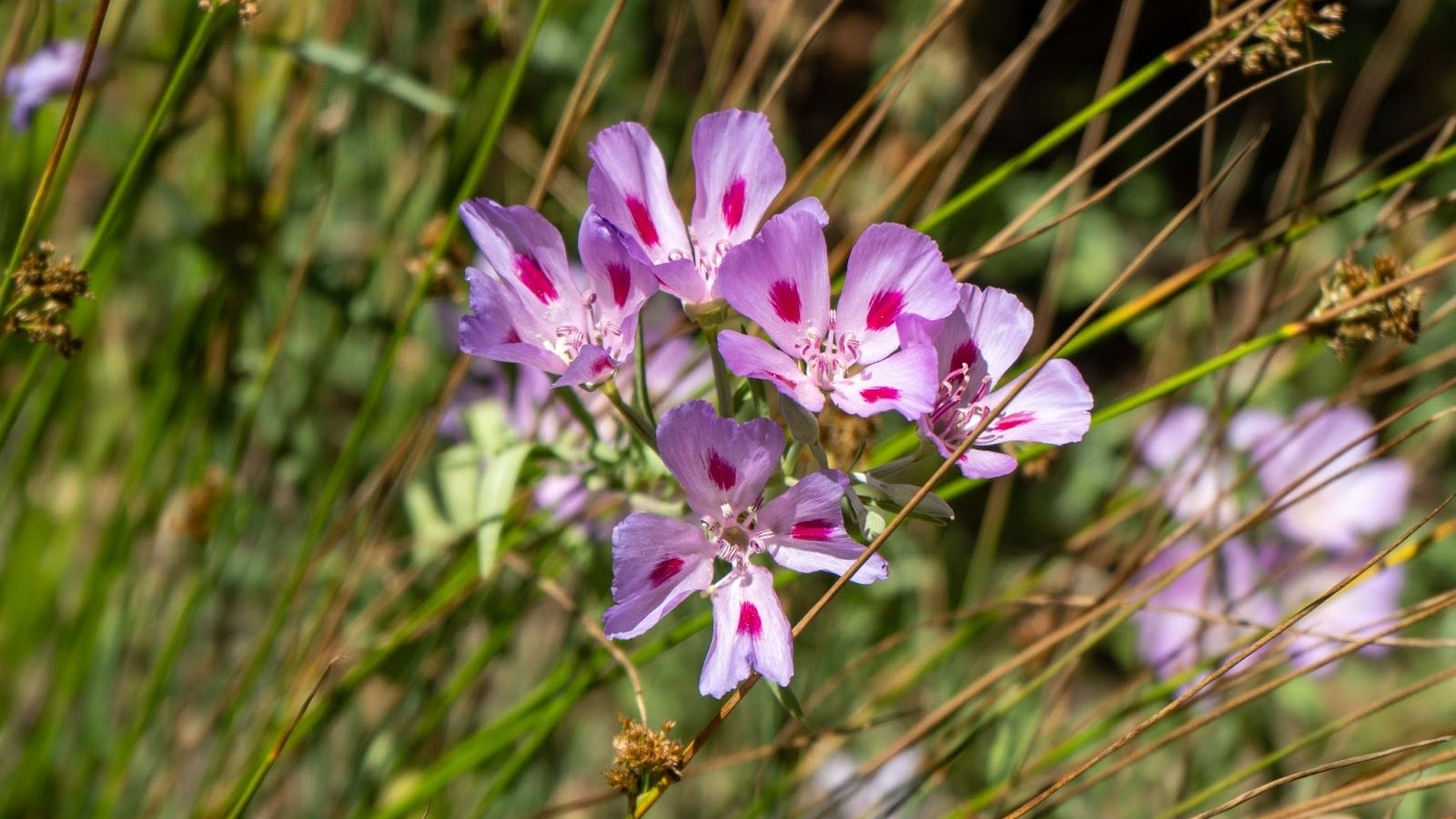

Late blooming annuals are indispensable throughout the ornamental yard. Farewell to spring is an distinctive native annual that survives drought, heat, and chilly temperatures. As its title suggests, it erupts with flowers as spring fades into summer season and heat arrives. Pink petals open with purple or darkish pink blotches on their inside half.
Farewell to spring germinates after chilly temperatures cease in early spring. In chilly climates with arduous frosts, the seedlings and seeds couldn’t survive, although they reliably will inside their native differ. Give them fixed moisture whereas they sprout, and let their soil dry a bit after they start flowering. Mature specimens are drought tolerant—they respect water after the soil flooring dries.
Check out if farewell to spring reseeds in your yard by letting it flower and sow seeds at will. Mulch the world, then watch the soil rigorously in spring. Seedlings have skinny, needlelike leaves they often sprout as days lengthen in the middle of the rising seasons. If no seedlings appear, your house might be going too chilly for them. Accumulate seeds in fall for spring sowing to have them repopulate your yard.
Amaranth ‘Love Lies Bleeding’
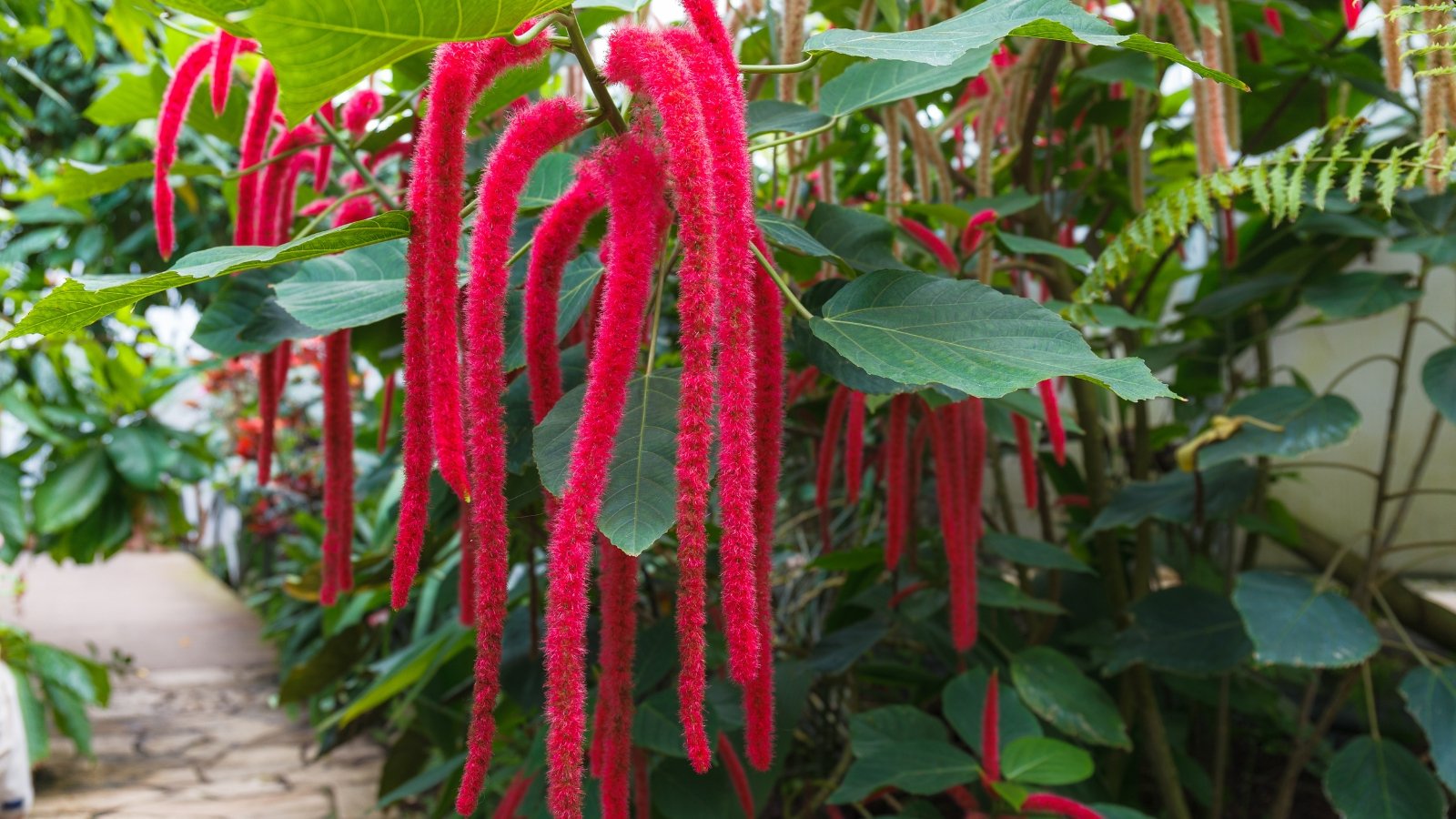

Amaranth is a surprising edible annual crop for the great and comfy season! In delicate climates it self sows itself with an entire lot of 1000’s of tiny seeds from a single plant. The leaves, flowers, and seeds are delicious and nutritious, with some grocers offering the seeds in grain mixes!
Not solely are amaranth vegetation culinary blessings, nonetheless they’re moreover gorgeous additions to the ornamental yard. Prolonged, vivid purple flower plumes cascade out of tall stems with strappy inexperienced leaves. Mature vegetation are drought tolerant and seedlings become adults shortly in the middle of the scorching seasons.
You would possibly prune the flower plumes for up to date or dried bouquets, although you’ll must go away some in order that they form seeds on the end of summer season. The seeds will fall as quickly as totally ripe and sit throughout the soil. Amaranth is a warm-season crop, so that you just gained’t see their seedlings sprout until temperatures rise after winter.
Sunflower ‘Mammoth’
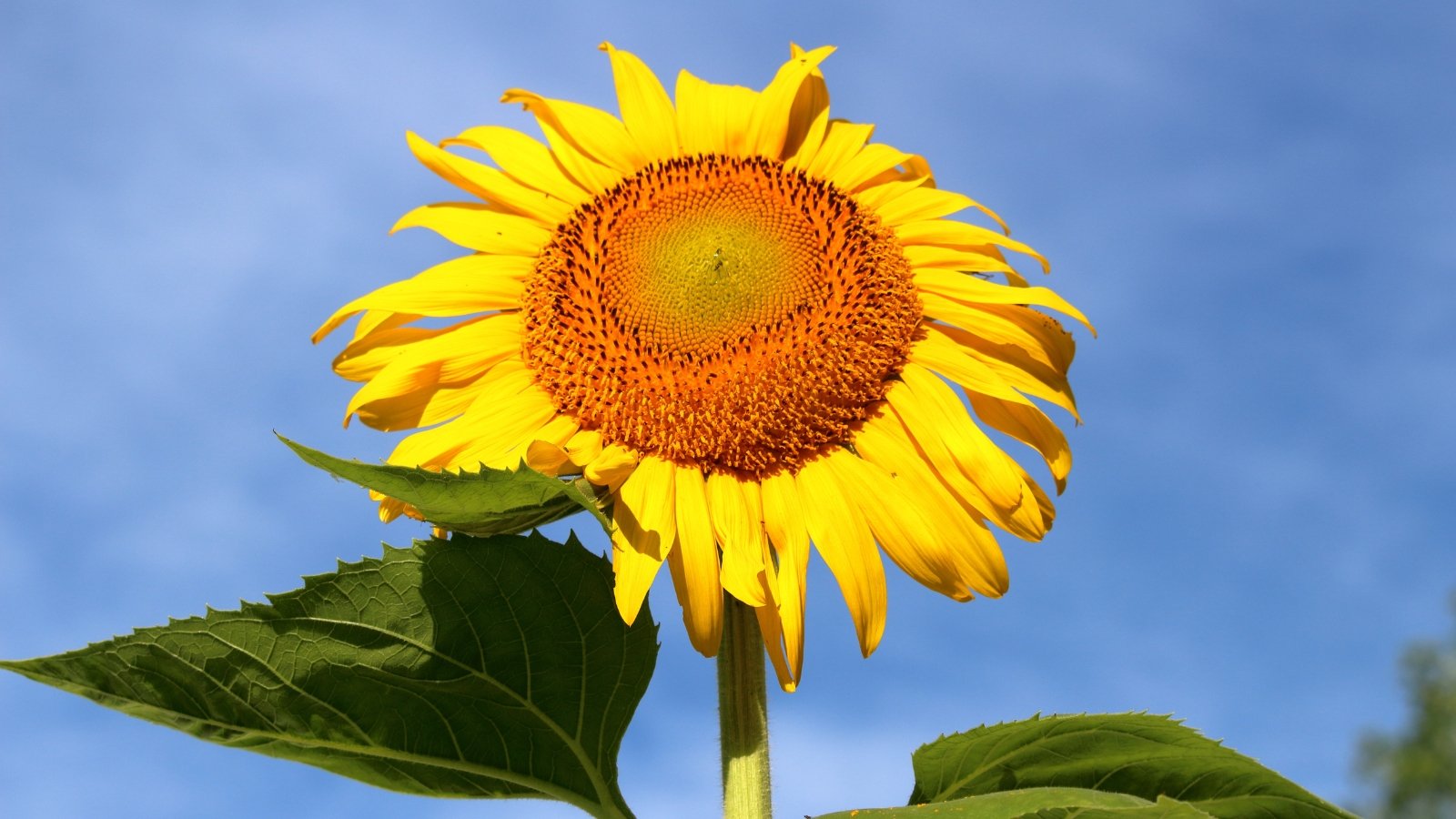

‘Mammoth’ is an heirloom sunflower choice that’s well-known for its massive flower heads that sprout on tall stems. They attain over ten ft throughout the air! The extreme yellow heads are lures for birds, bees, and pollinating flies. After these annuals go to seed throughout the fall, you’ll see further birds and squirrels rush to eat them. Develop sunflowers for wildlife, for his or her magnificence, and to take pleasure in their edible seeds.
Sunflowers might self-sow, notably in zones with delicate winters or thick snow cowl. The quilt offers a pure mulch that insulates the soil and retains sunflower seeds safe and warmth until subsequent spring. Enable them to reseed by leaving the flowers alone in late summer season. Animals might eat just a few of their seeds, although others will uncover their means into the underside.
You may also try hybrid sunflower varieties, although they gained’t sprout true to seed. Pollinating bugs will commingle completely different sunflowers’ pollen with yours, offering you with seedlings with distinctive traits. Save only a few seeds for safekeeping indoors, merely in case the skin ones fail to sprout.
Romaine Lettuce ‘Rouge d’Hiver’
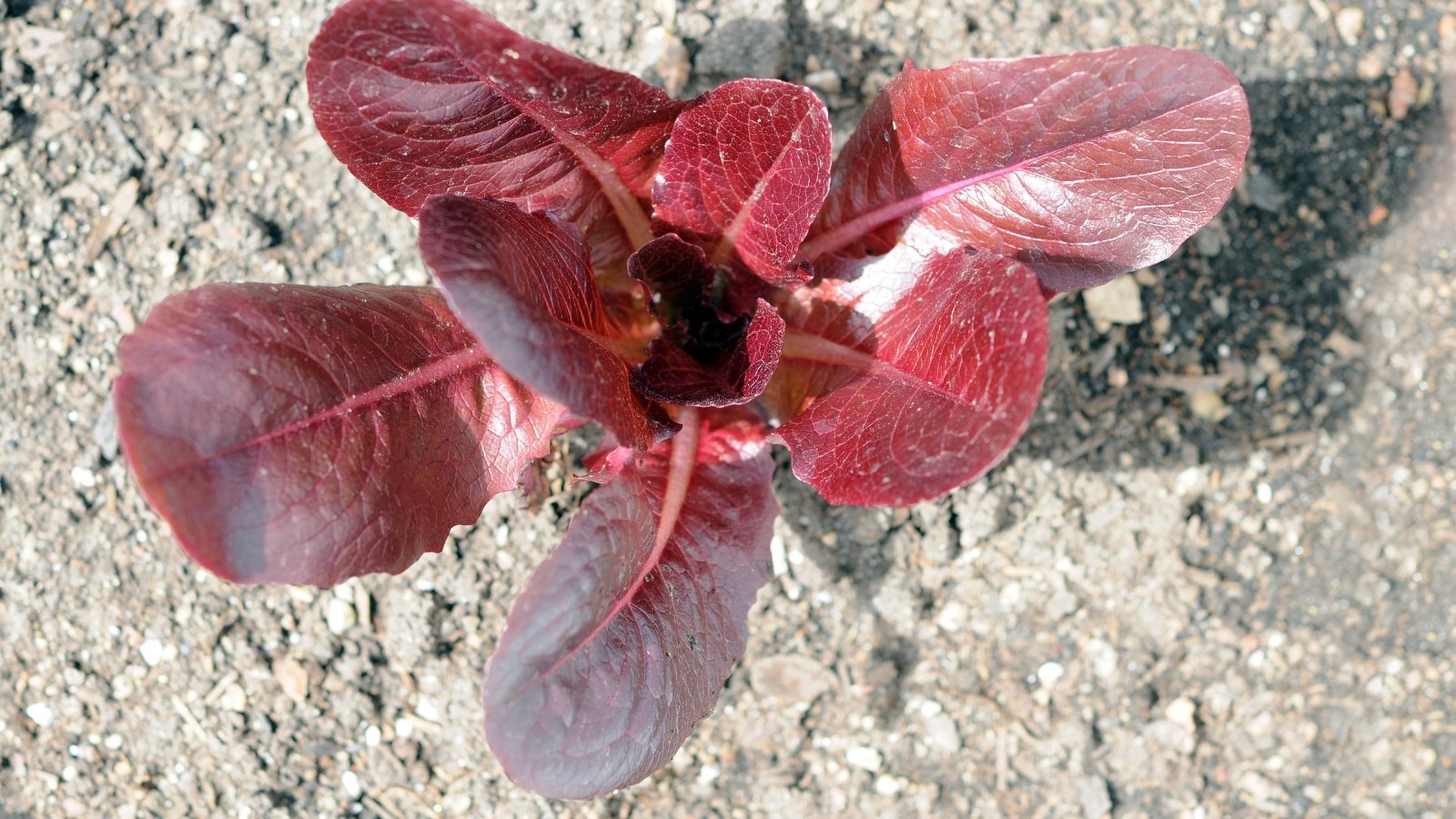

Edible reseeding annuals create free meals with little effort in your half! Lettuce is an impressive occasion of 1. It bolts as warmth summer season days ship heat and drought. The yellow flowers it sprouts enchantment to pollinators, they often form black seeds with white plumes after worthwhile pollination and flower fertilization. Depart only a few lettuce specimens to reseed, and in addition you’ll have dozens of seedlings in fall and spring.
‘Rouge d’Hiver’ is an earlier favorite of gardeners worldwide. It’s a romaine lettuce form with purple, crimson leaves which have some inexperienced in them whereas they’re youthful. Harvest the outer leaves as you must eat them, or wait until the plant matures and chop it down unexpectedly.
Lettuce might cross-pollinate with completely different weedy species that share associated traits. Pull any weeds you see all through summer season and fall in order that they don’t share pollen alongside together with your tender ‘Rouge d’Hiver’ specimens. Weedy hybrids might also be edible, although they often are terribly bitter.
Calendula
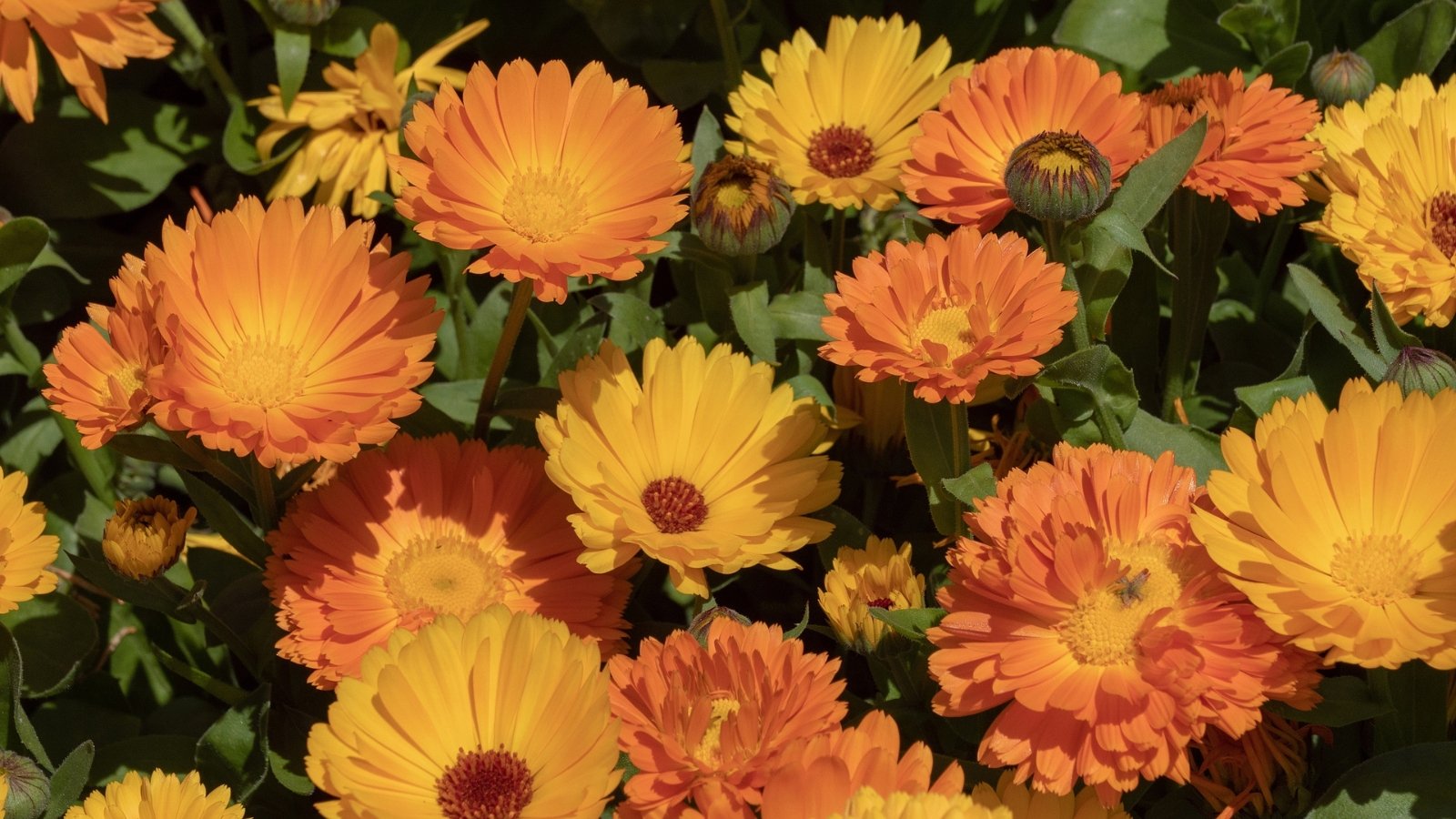

Calendula is a bountiful annual for pure followers. It sprouts sunny yellow or orange flowers with vivid services. They shine under the daylight, creating pockets of warmth colors wherever they thrive. The petals are dainty and edible, together with floral attract to salads, scrambles, and tea blends. Use them up to date or dry to infuse their nutritious resin into your meals.
‘Resina’ is a specific choice with flavorful petals in creamy shades of orange and yellow. Try ‘Oopsy Daisy’ for a cultivar with further aptitude; its flowers have fiery suggestions on orange, yellow, or peach-colored petals.
Calendula flowers on prolonged stems, which means you must use them for up to date bouquets or dry floral preparations. Allow only a few flowers to remain on the plant in case you’d like them to self-sow in autumn. They’ll sprout seedlings subsequent spring in chilly climates, or in the middle of the winter in delicate ones.
German Chamomile


When you occur to love pure tea you will have to develop German chamomile; it’s a sweet-smelling annual herb that thrives all through cool local weather. The flowers are the widespread provide of chamomile tea you buy from grocers or pure specialists. Plant some German chamomile seeds this season, and in addition you’ll decrease your bills on sleepy tea for the rest of the yr!
German chamomile reseeds itself from zones 2 by way of 8, although it performs properly as a cool season annual in all completely different areas all by North America. Sow it as shortly as a result of the soil thaws in late winter or early spring, and in addition you’ll see seedlings with lacey foliage sprout 10 to fifteen days later.
For tea blends, harvest chamomile flowers whereas the petals are perky and the services are sunshine yellow. They’ve the easiest style sooner than they mature into seeds whereas the flower heads are swelling. Select them up to date to brew a tea that day, or dry them in hanging bunches to make use of all of them 12 months lengthy.
Borage
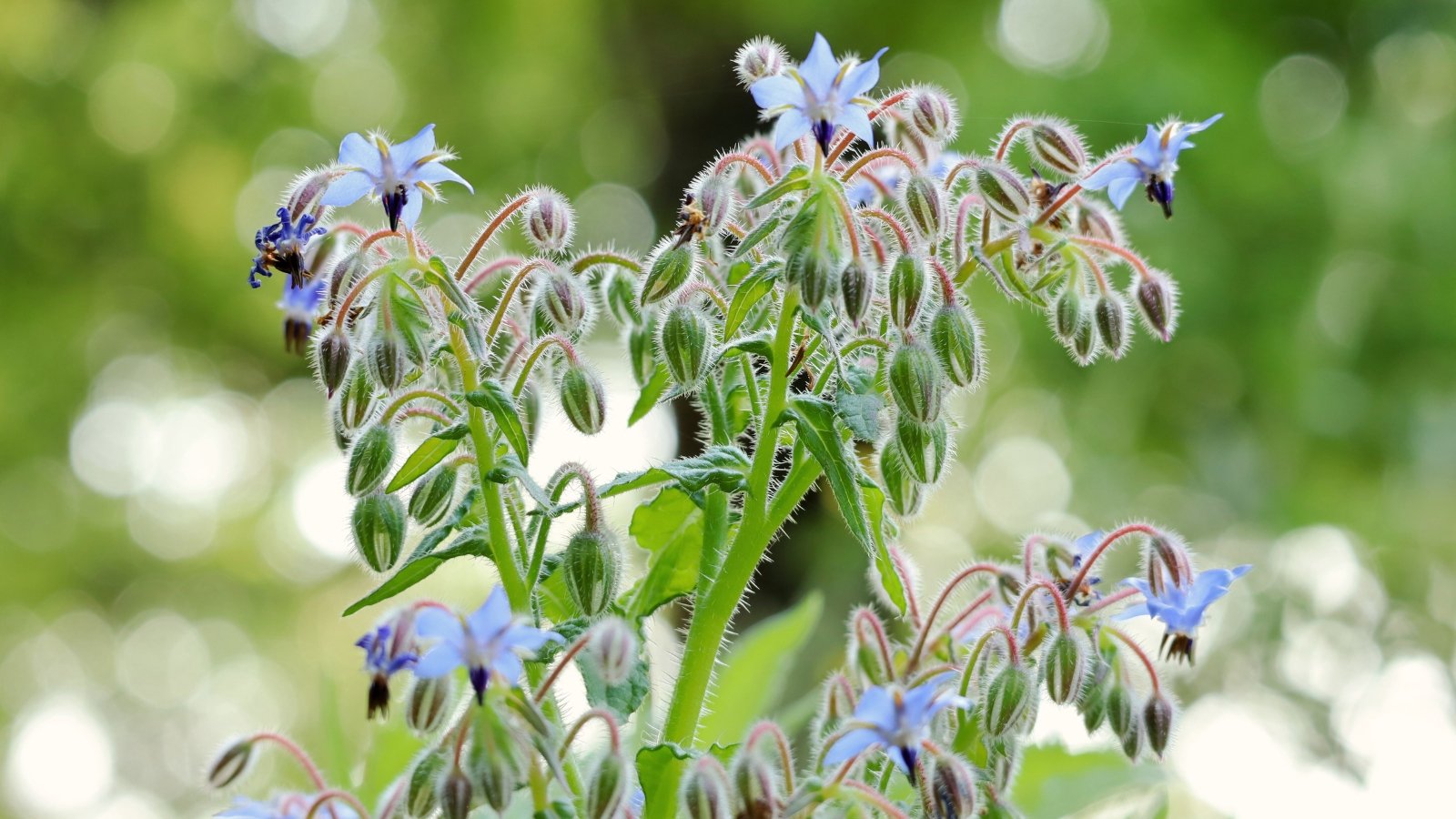

Plant borage for the bees—they love the flowers! You’ll see them dangling below the blue blossoms, gathering helpful pollen and nectar whereas they’re abundantly accessible. The blue flowers are edible and add pops of shade to salads, charcuterie boards, or dressings. Their leaves are flavorful, too, no matter their tiny hairs. Chop or steam the leaves sooner than consuming them to make them further palatable.
Borage is one in every of many hardiest reseeding annuals; you’ll see new seedlings pop up in fall, spring, and summer season wherever mature vegetation stand. They dump their seeds by the handfuls into bare soil pockets. Develop borage amongst completely different annuals like sunflowers, chamomile, and lettuce for a self-seeding edible yard.
Start borage in your yard by sowing seeds whereas the local weather is delicate, moist, and funky. Sow them per week or two sooner than your remaining frost date in chilly climates, and sow them anytime year-round in delicate ones.
Yard Nasturtium
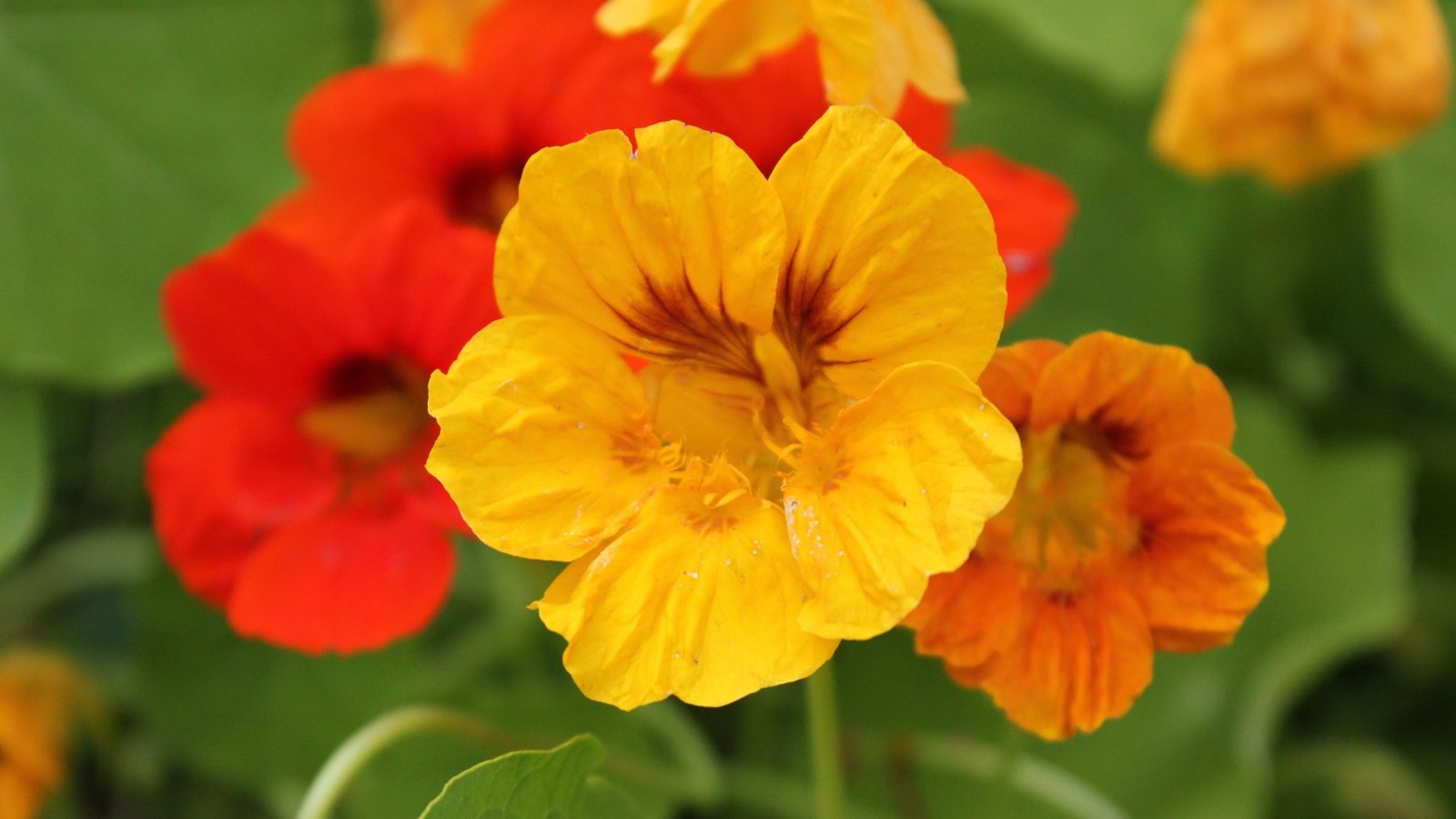

Rounding out this guidelines is my all-time favorite annual, the yard nasturtium! Though not technically a part of the watercress genus Nasturtium, this plant resembles the pungent vegetable with associated sturdy flavored flowers, leaves, stems, and seeds. Gardeners like using it as a lure crop, as slugs and completely different pests maintain in it in its place of your helpful vegetable crops.
This warmth season annual is probably going some of the prolific reseeding species. It sprouts dozens of wrinkly inexperienced seeds that mature darkish, brown, and woody. Go for an expansion like ‘Alaska Variegated’ for a reliable heirloom that sprouts true to seed. It has inexperienced leaves with white streaks and splotches, and the flowers can be found orange, purple, yellow, or white.
‘Alaska Variegated’ is bushy, nonetheless trailing varieties exist too! They climb, ramble, or dangle about wherever you plant them. Use ‘Single Combine’ for a mixture of purple, yellow, and orange blossoms on stems over 5 ft prolonged. When you occur to remain in California, confirm to be sure you’re not rising an invasive species sooner than you plant nasturtiums.
[ad_2]
Provide hyperlink
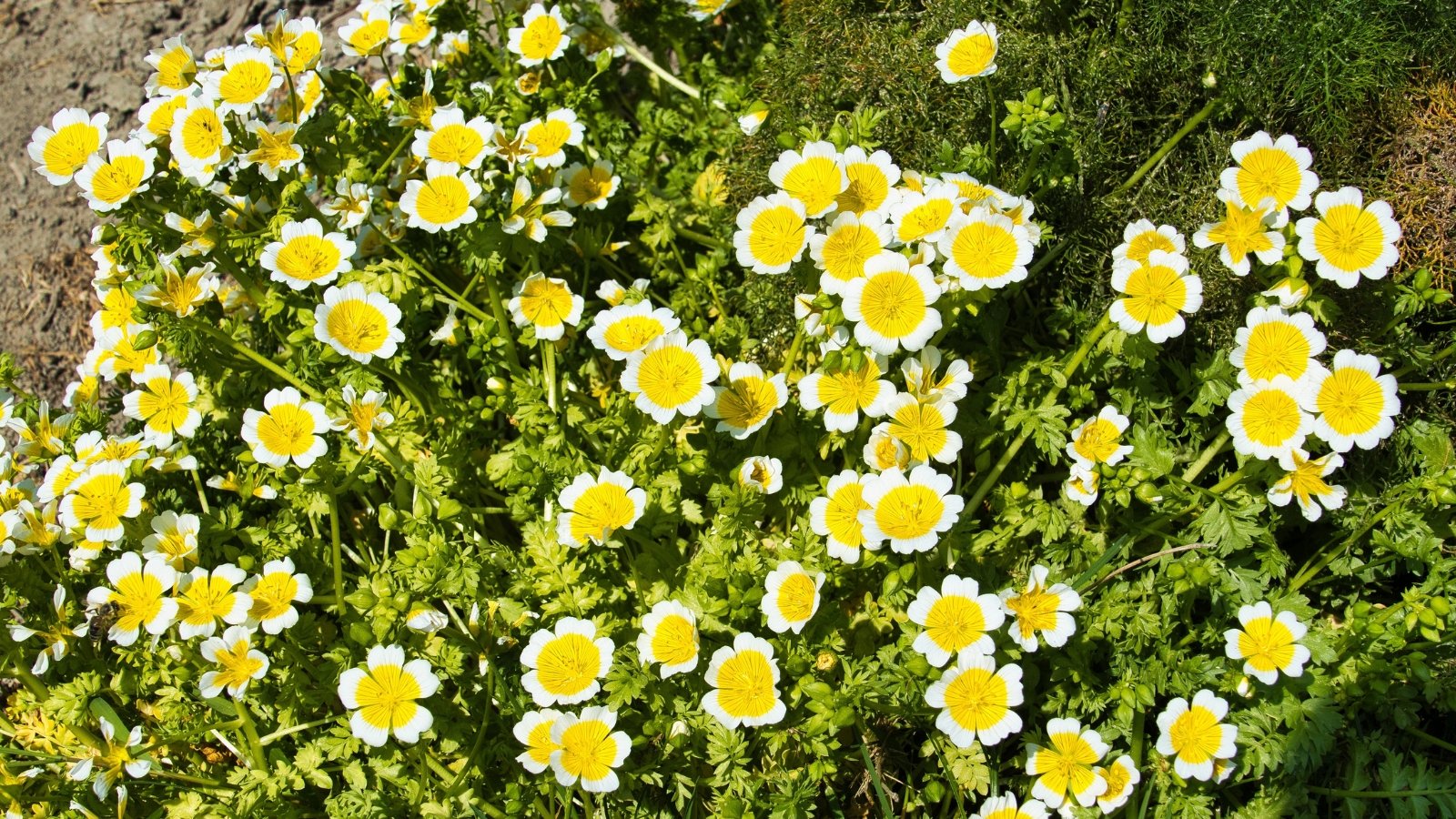
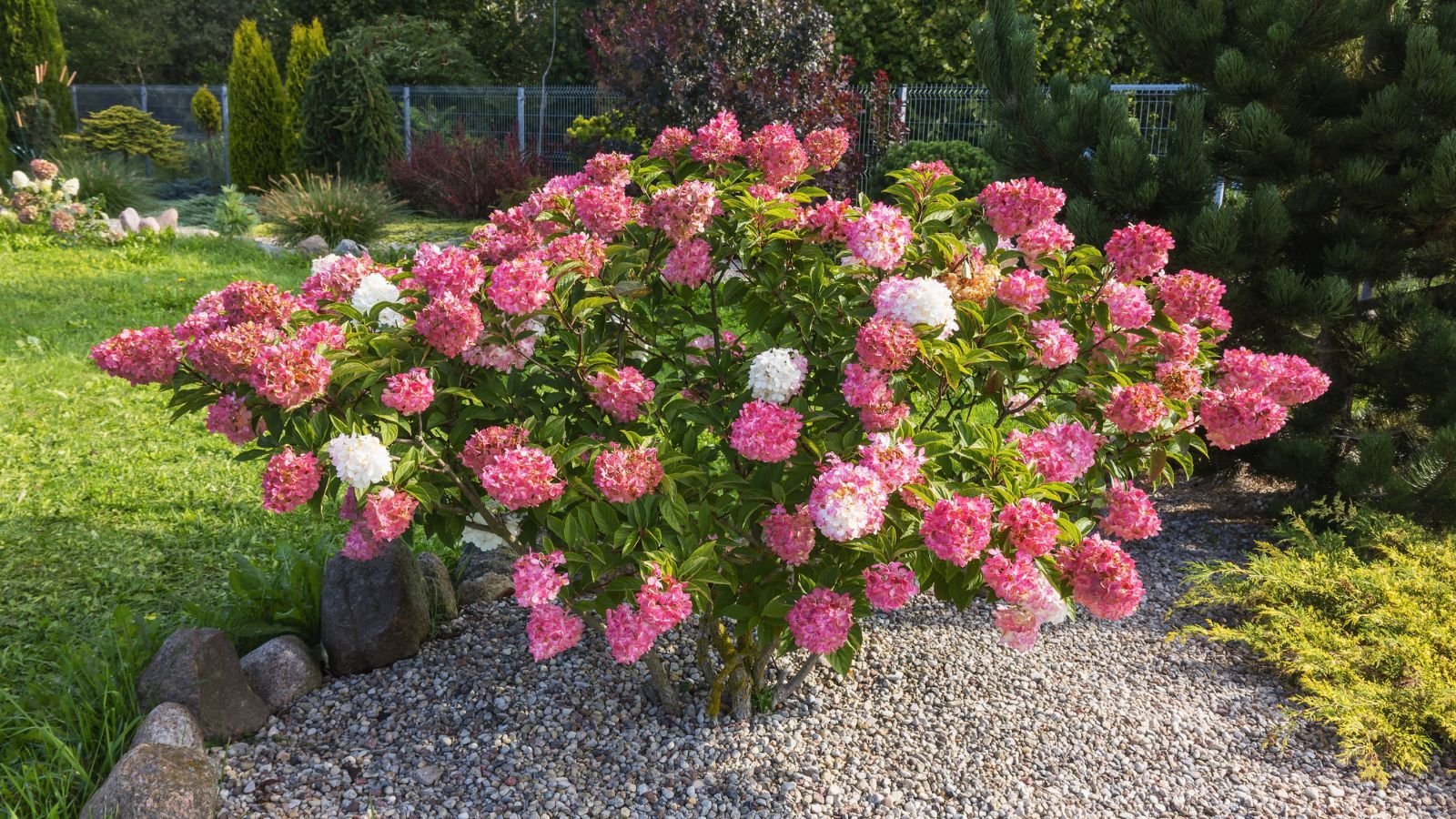
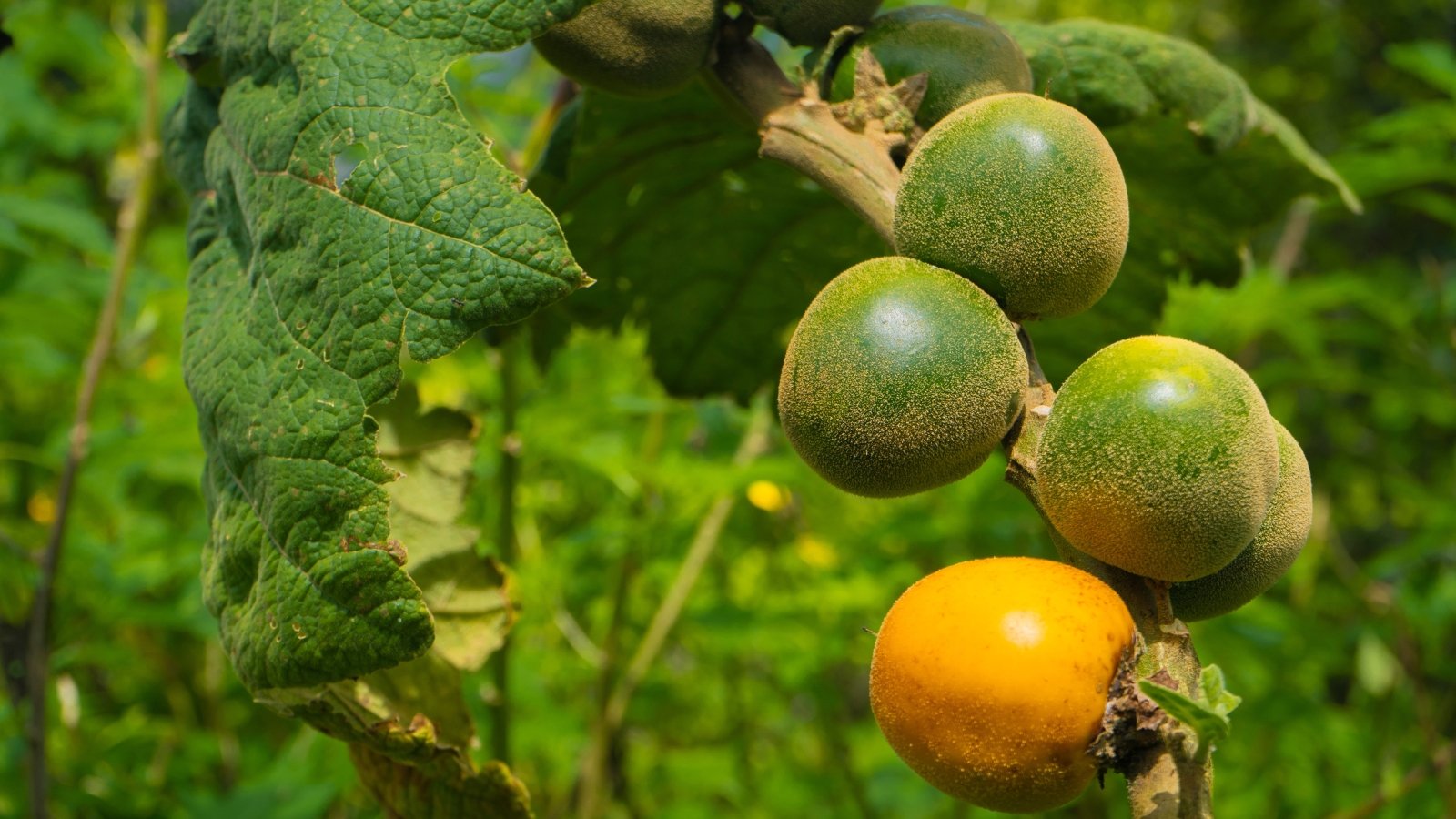
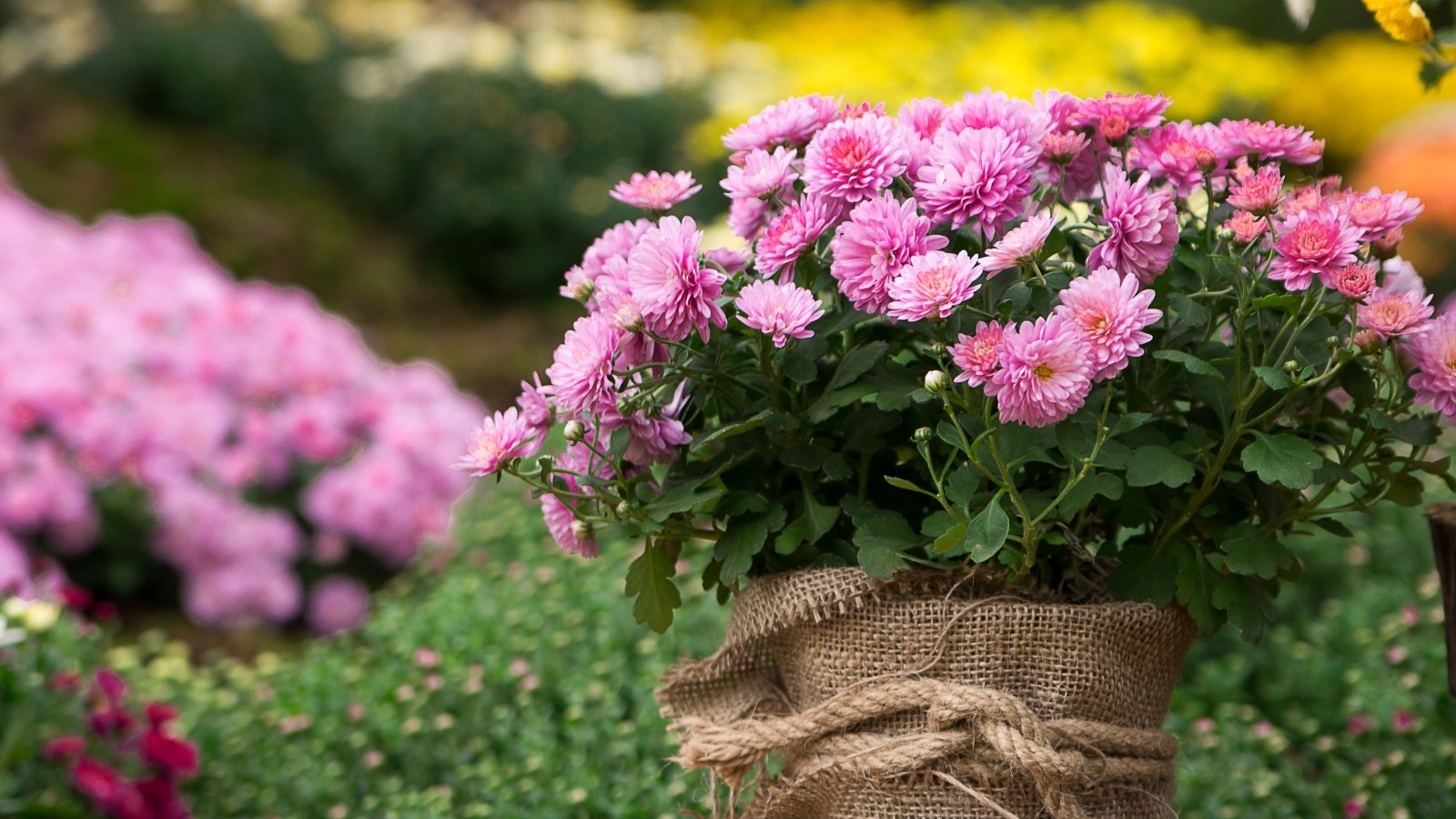
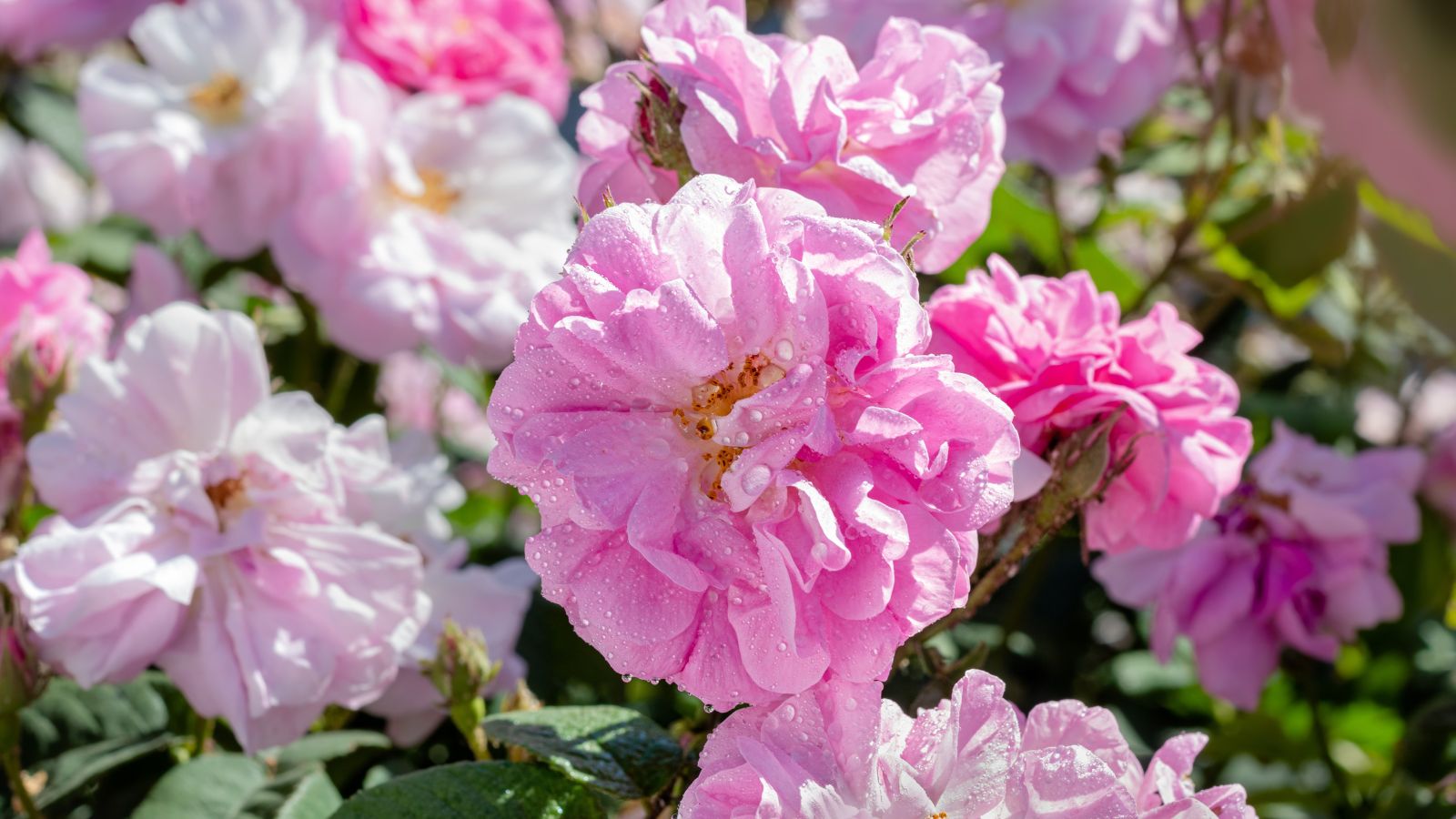
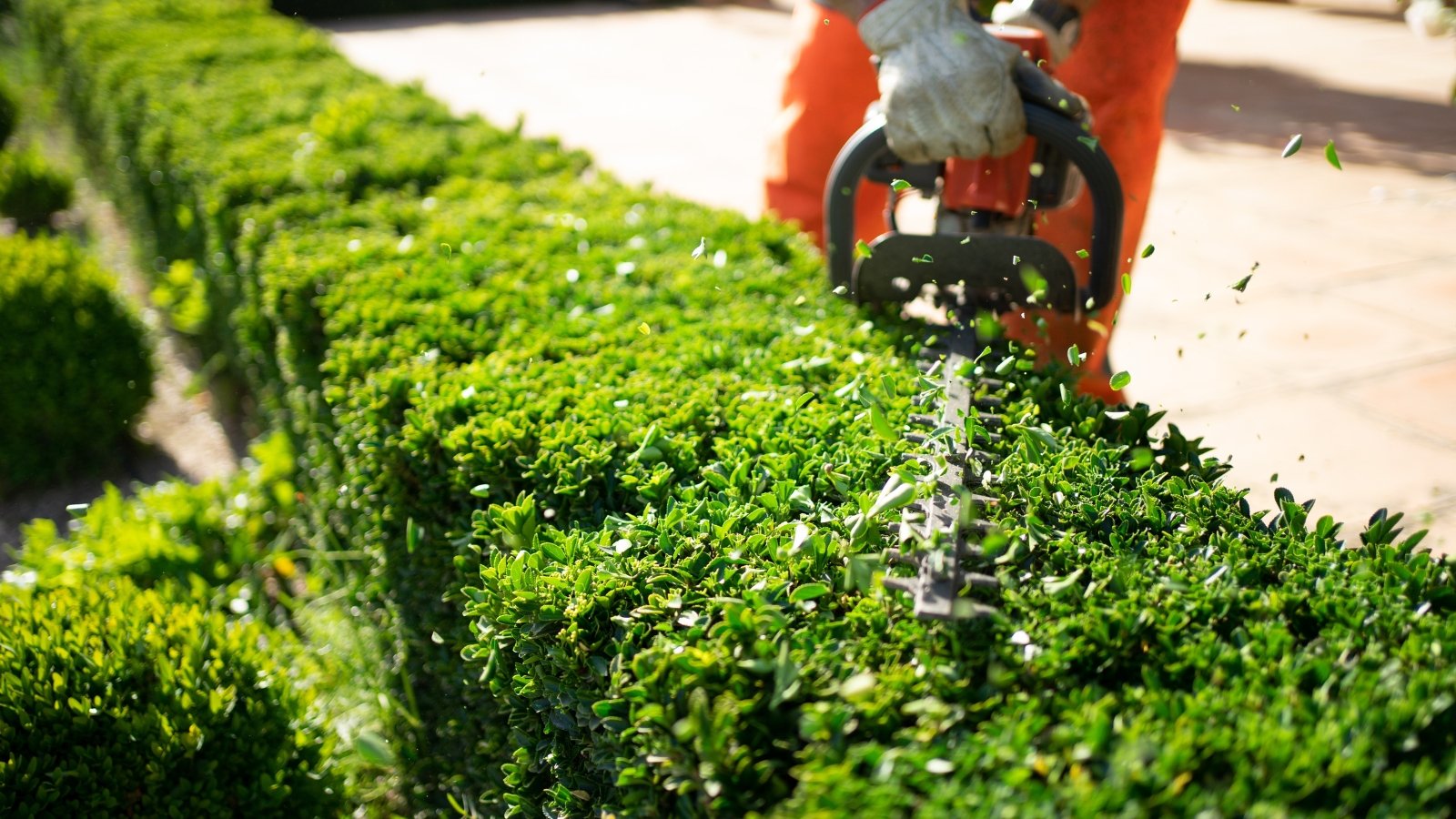
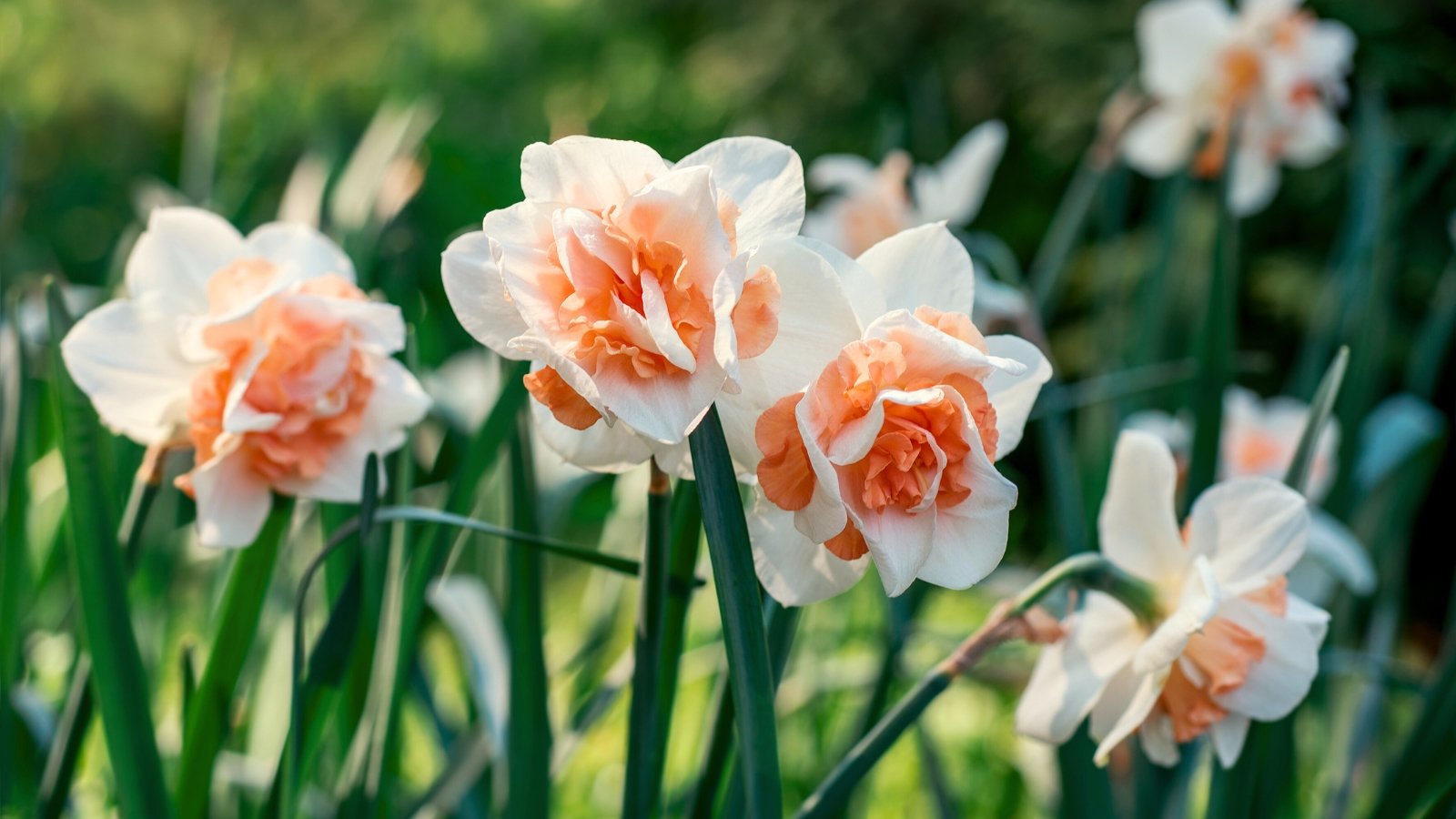
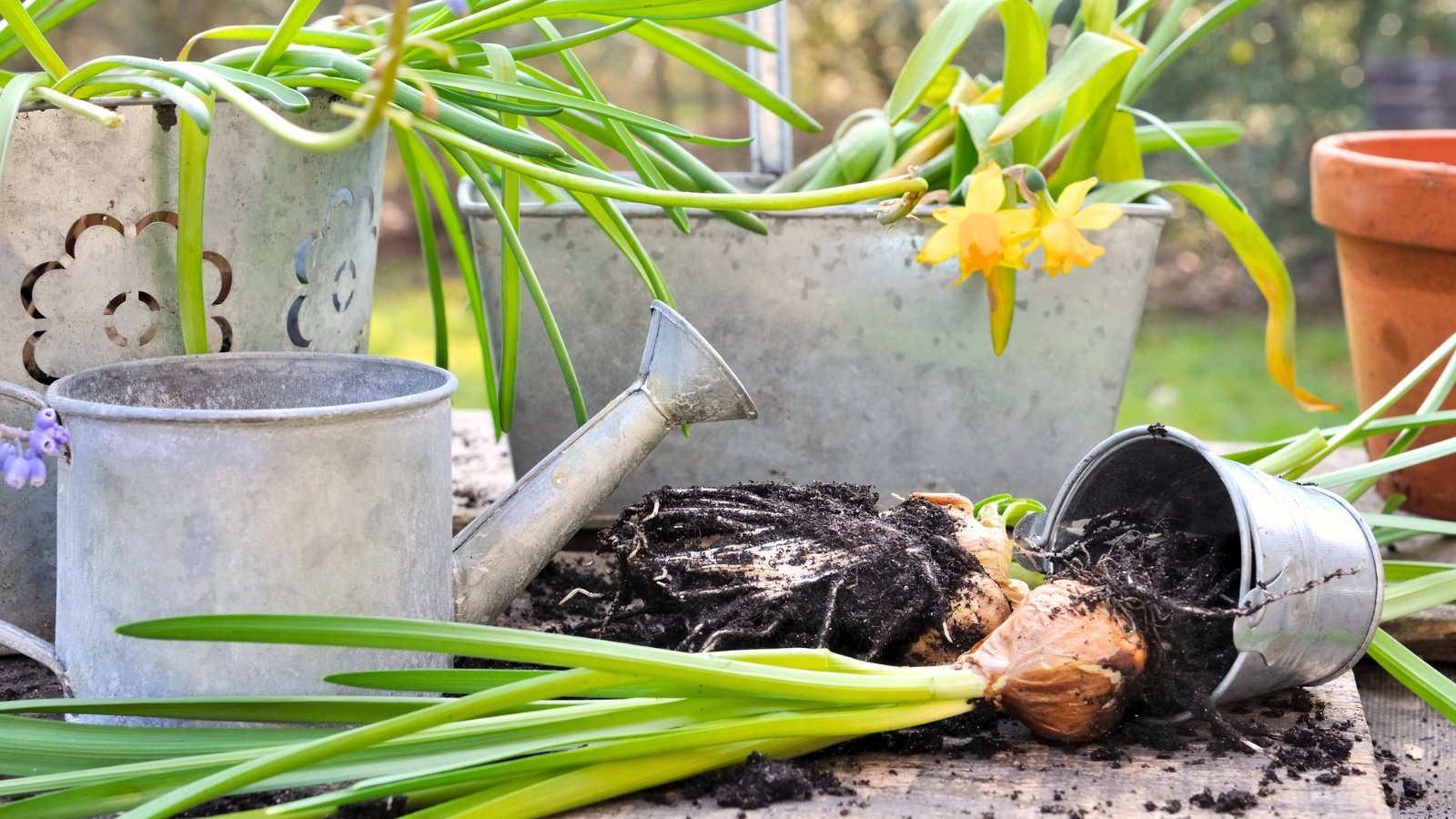
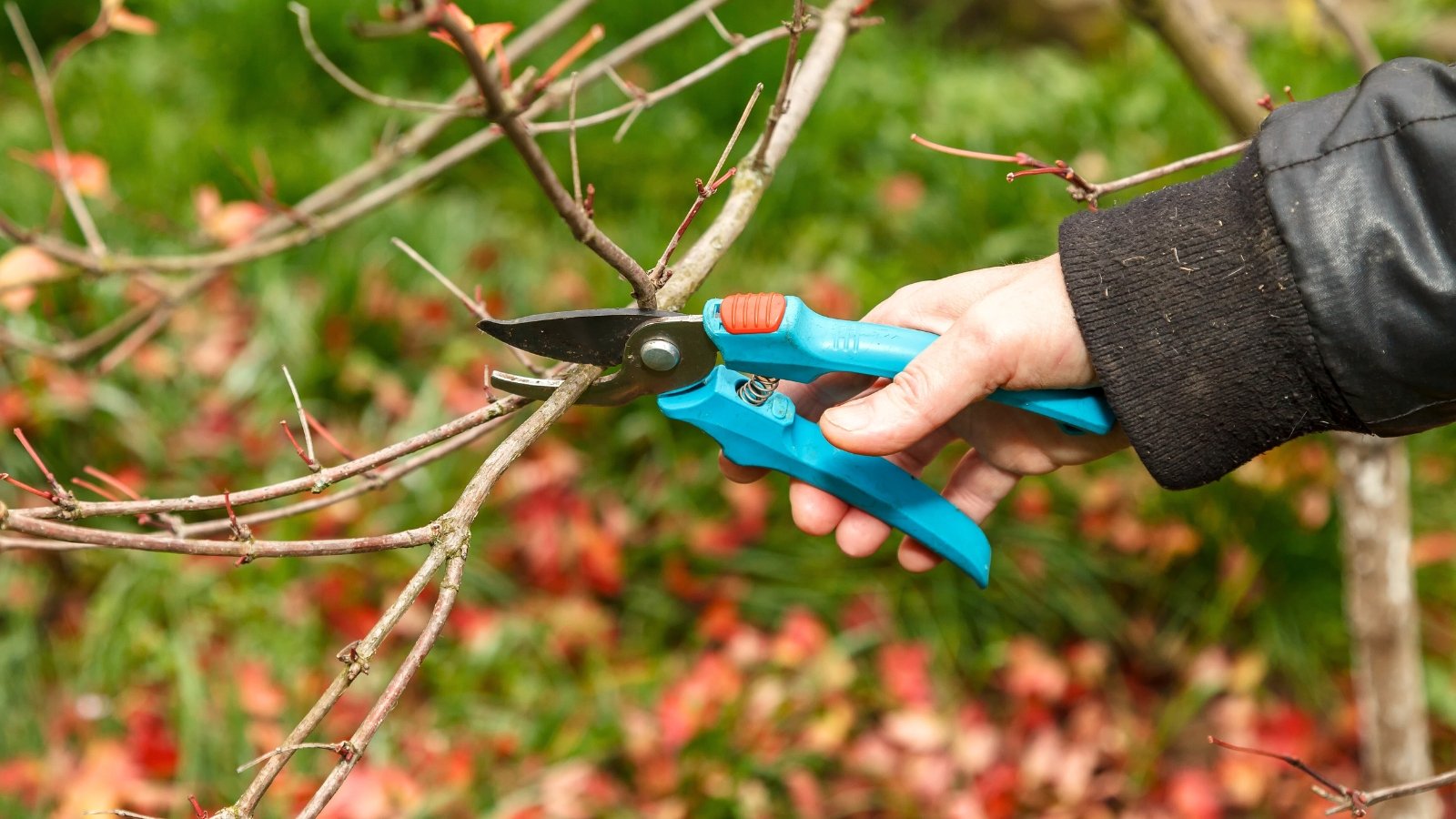
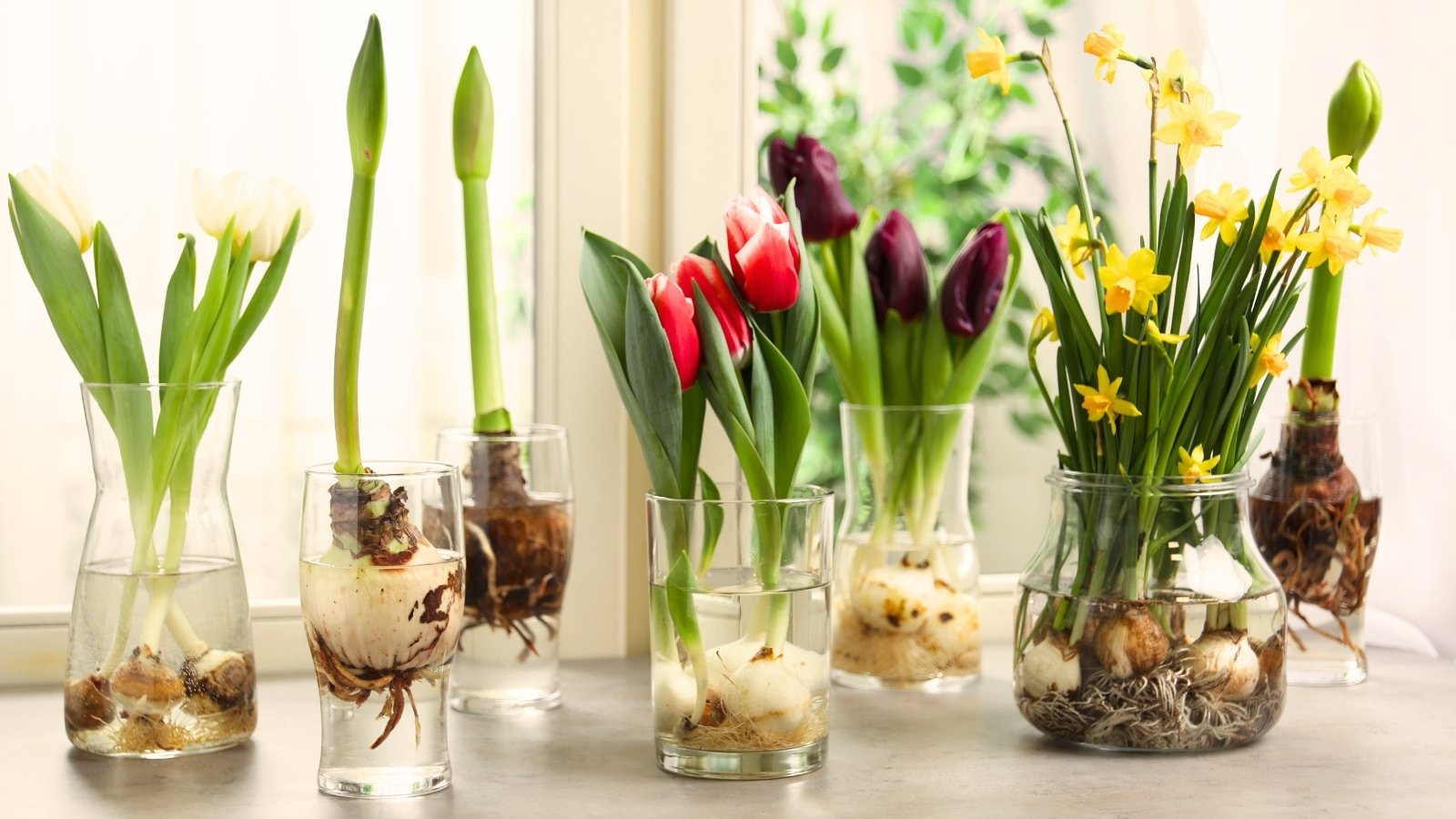
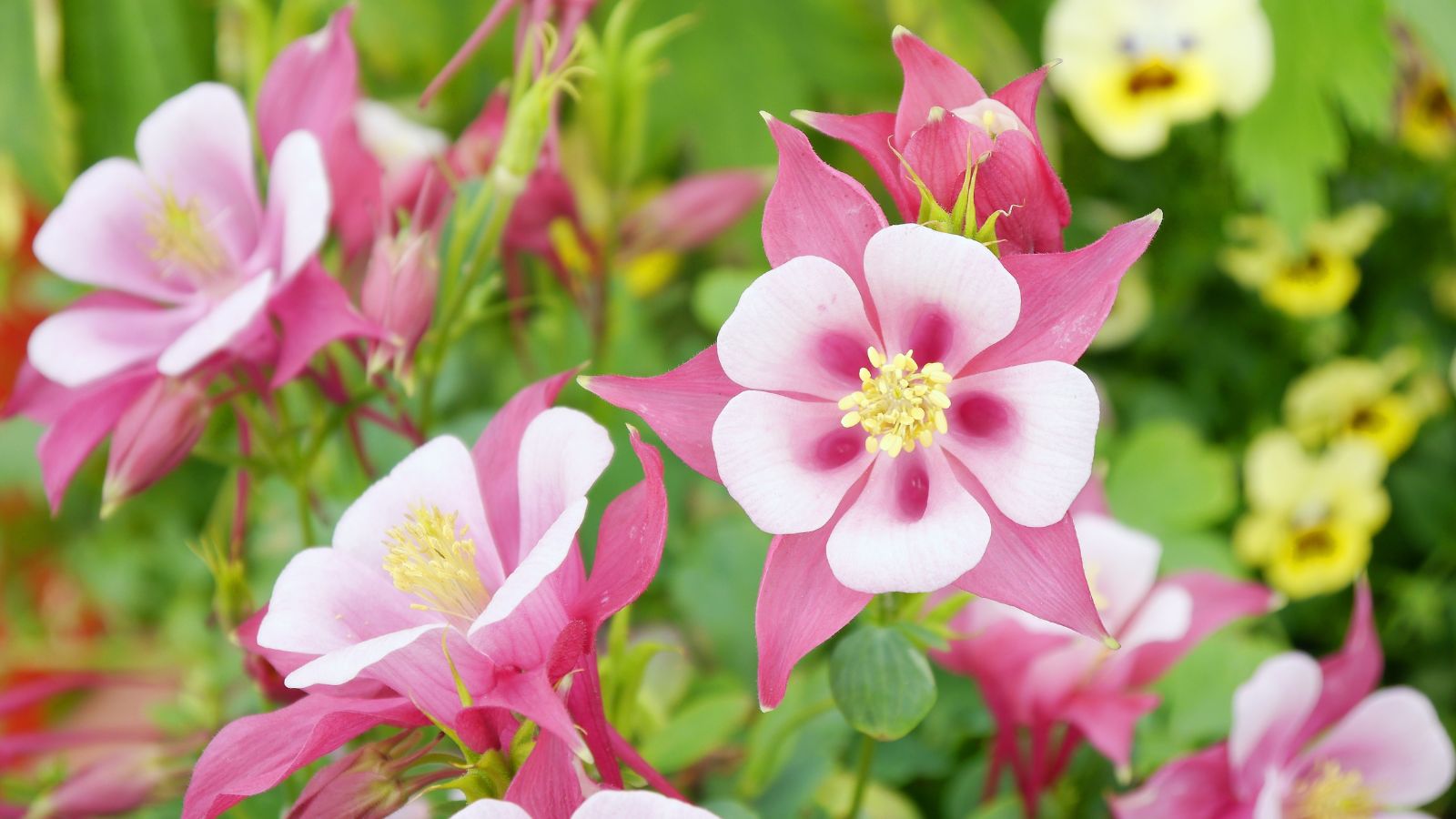
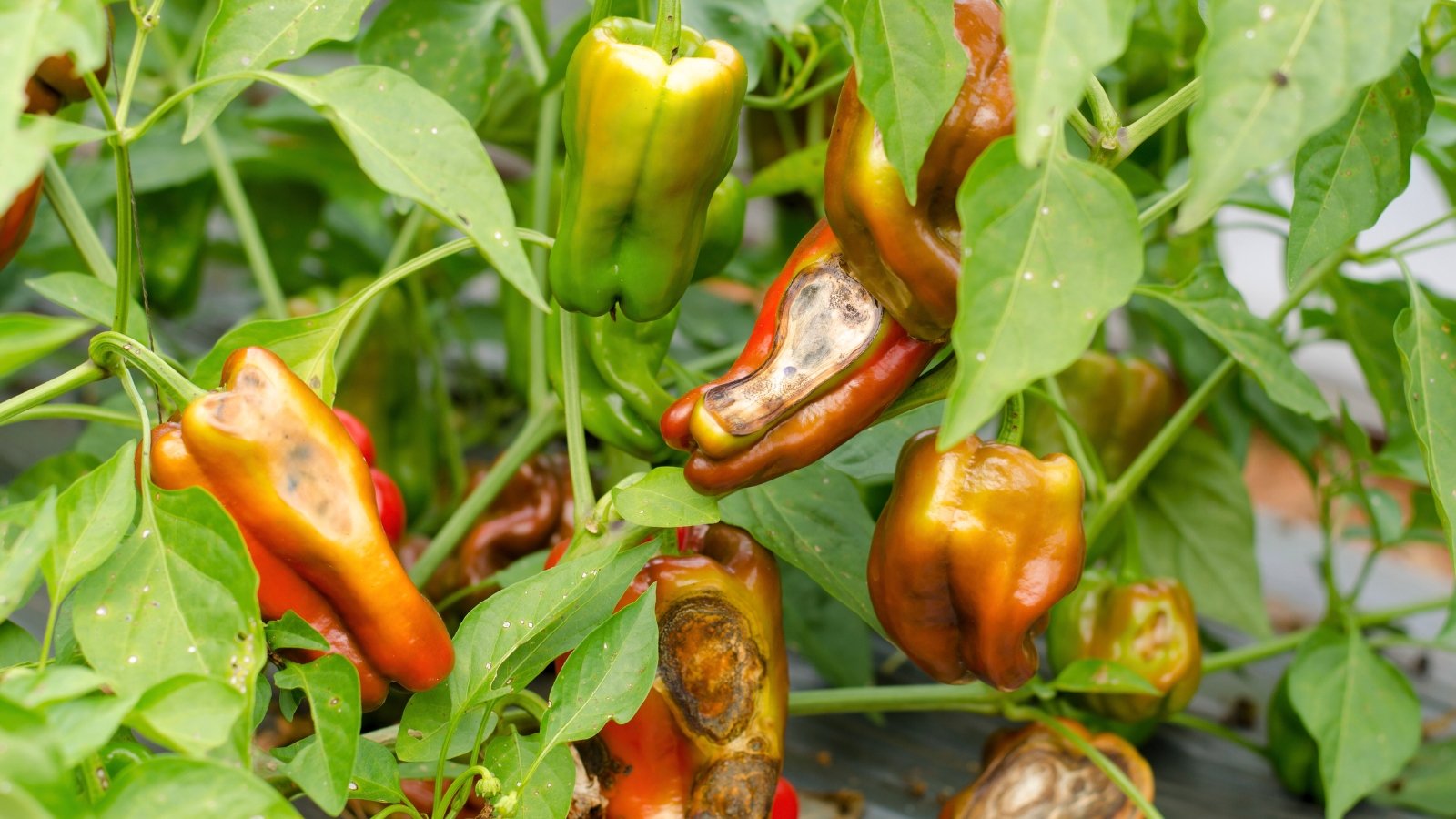
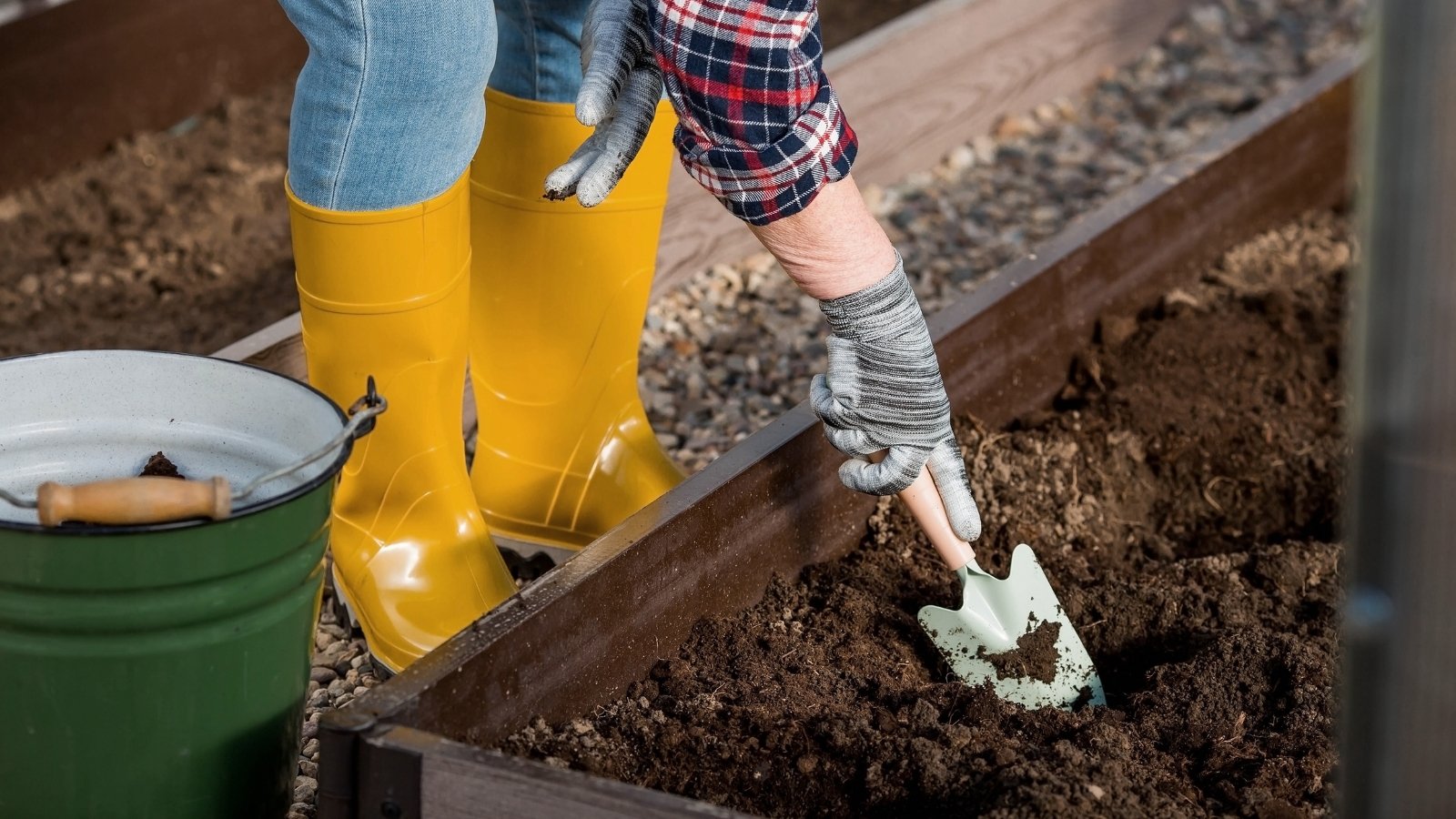

Leave a Reply